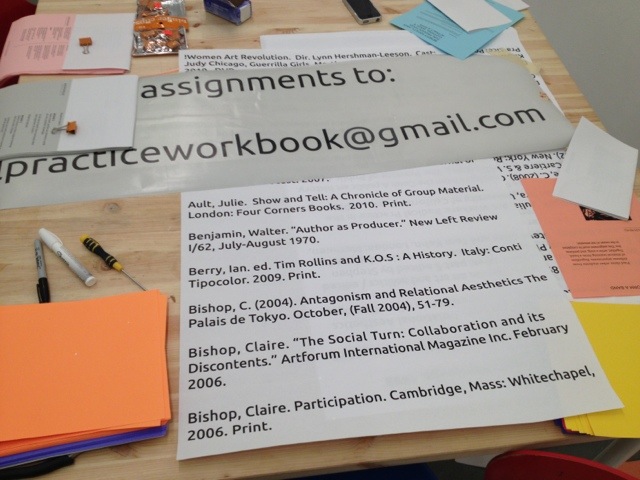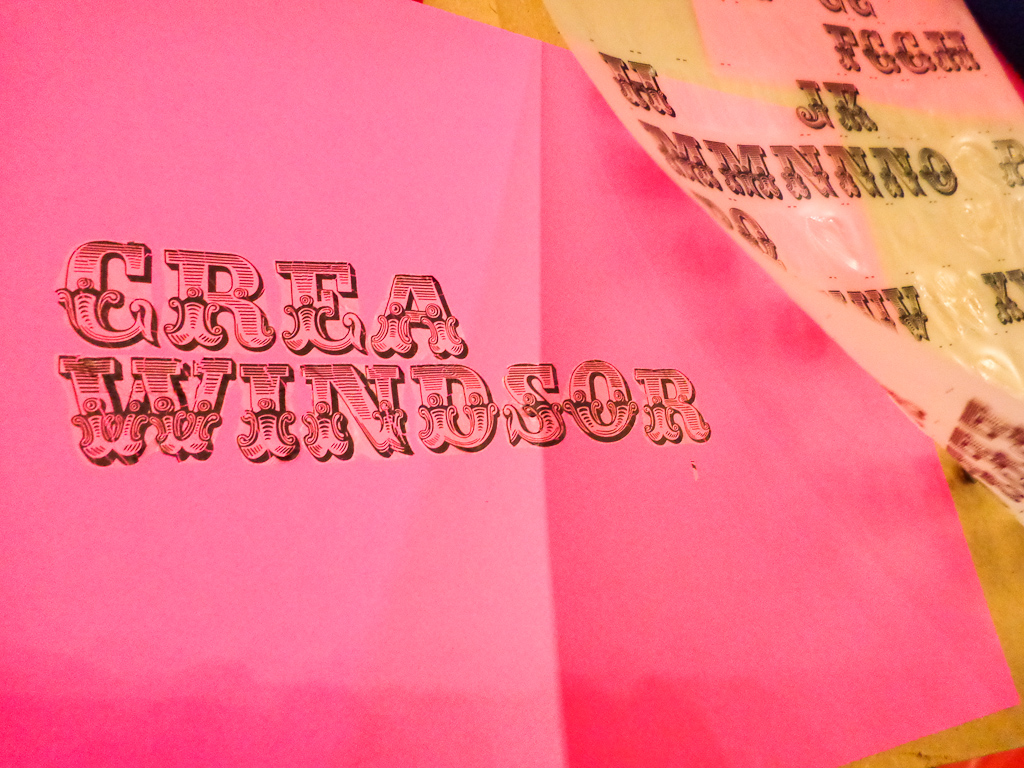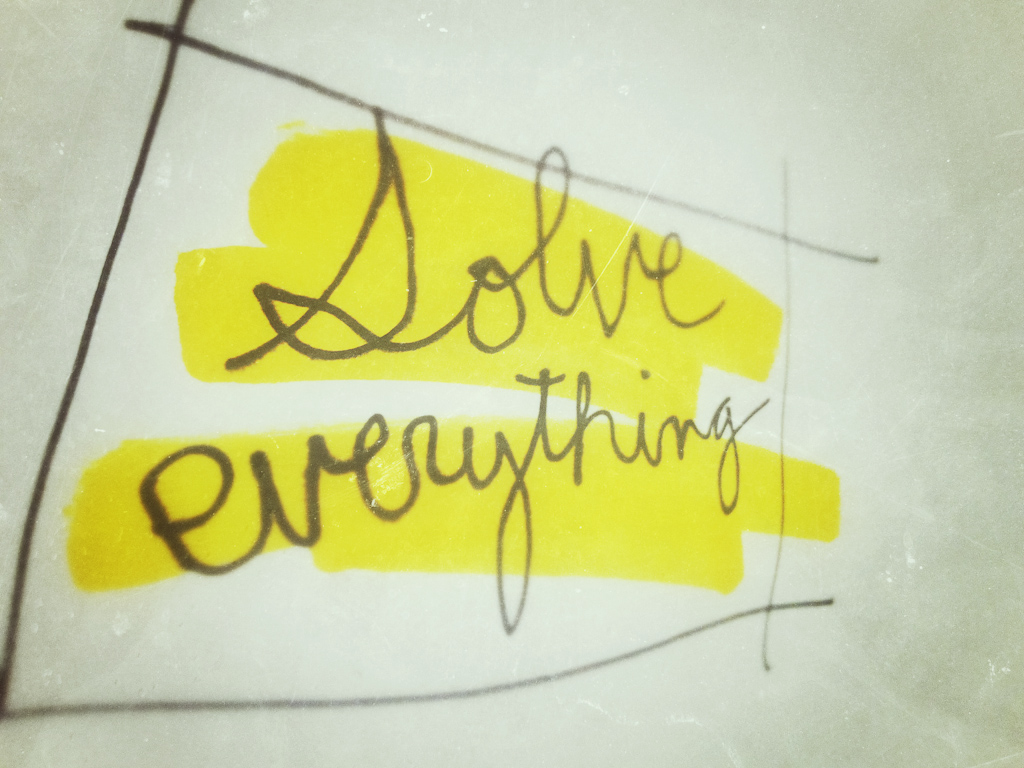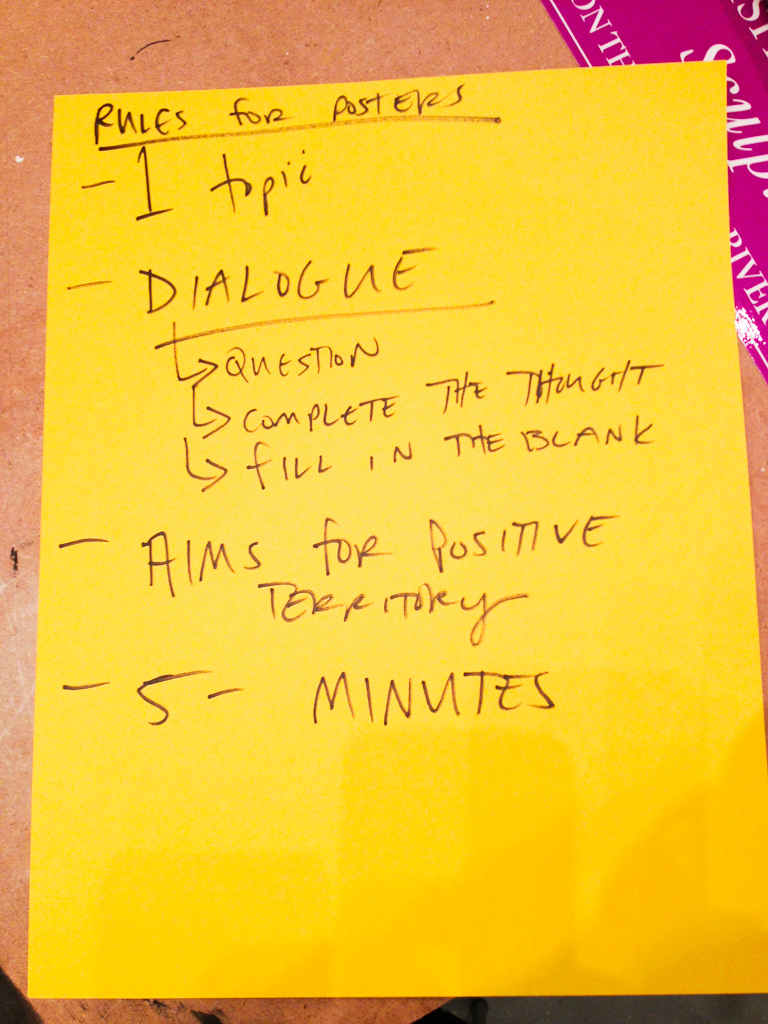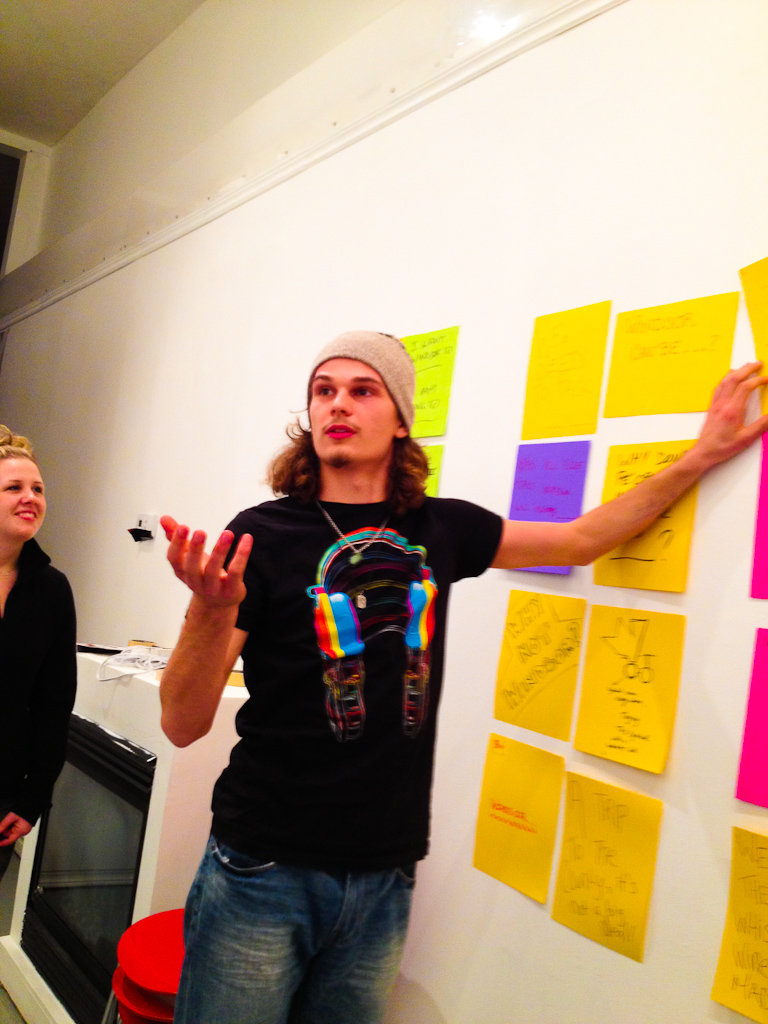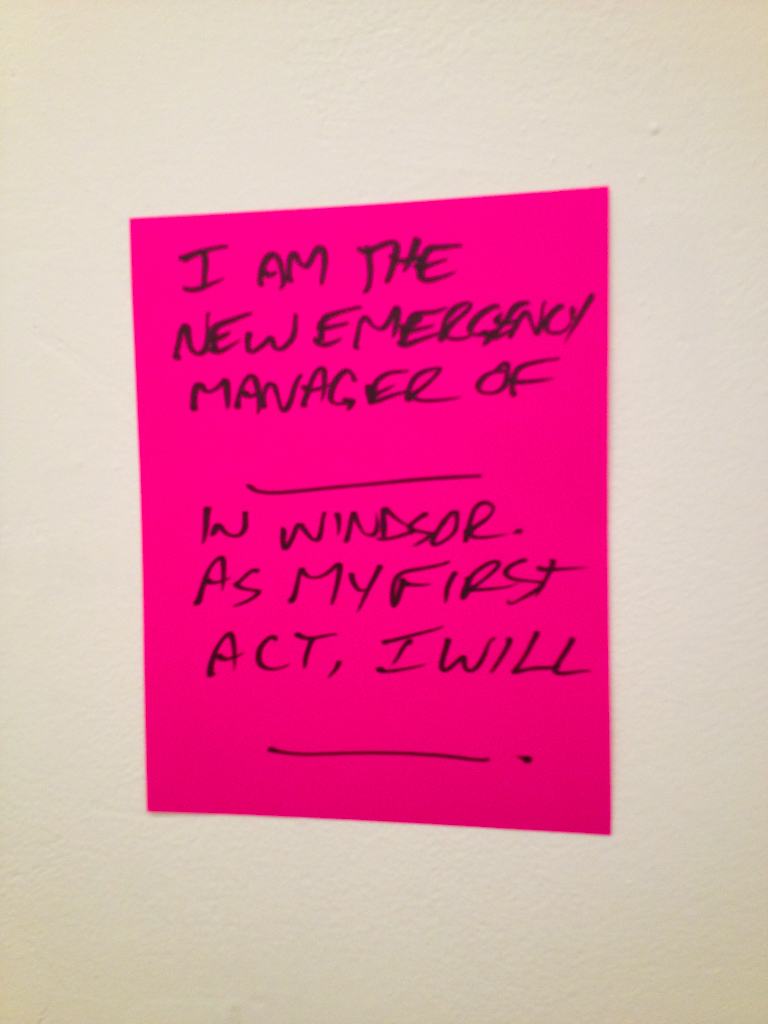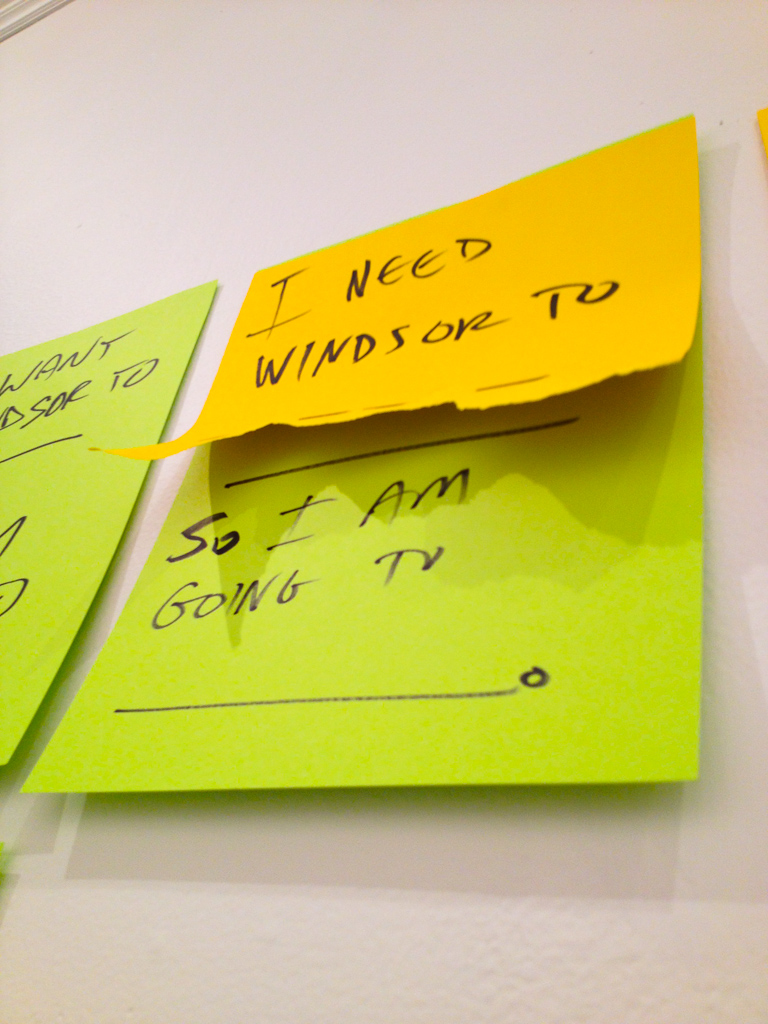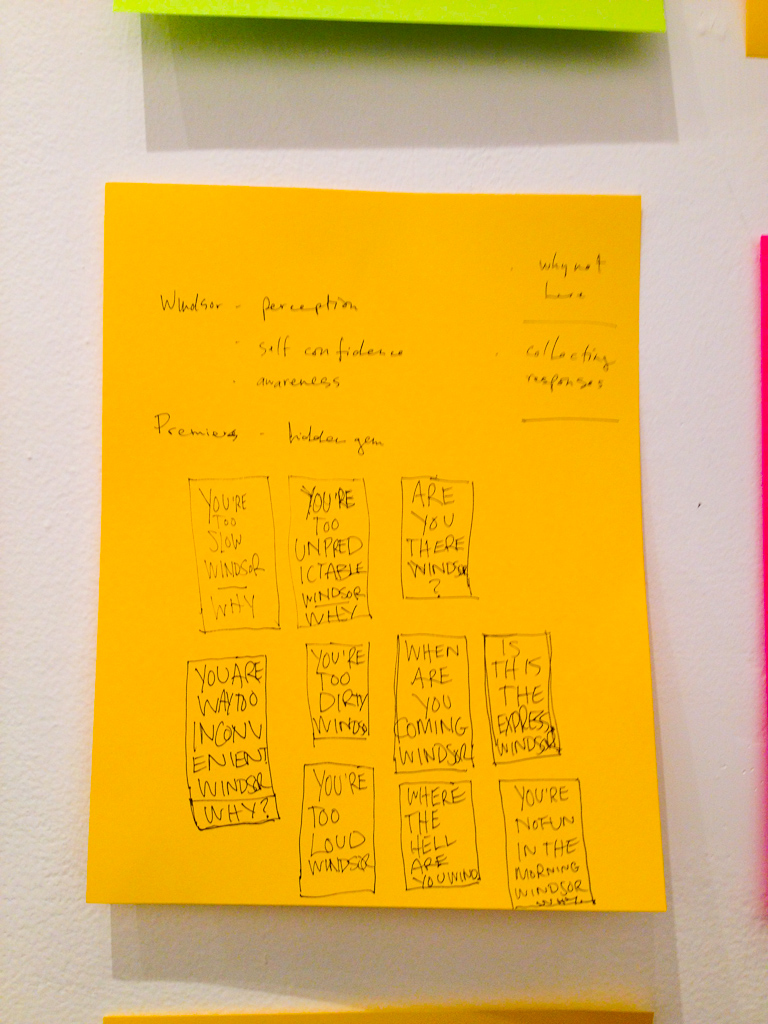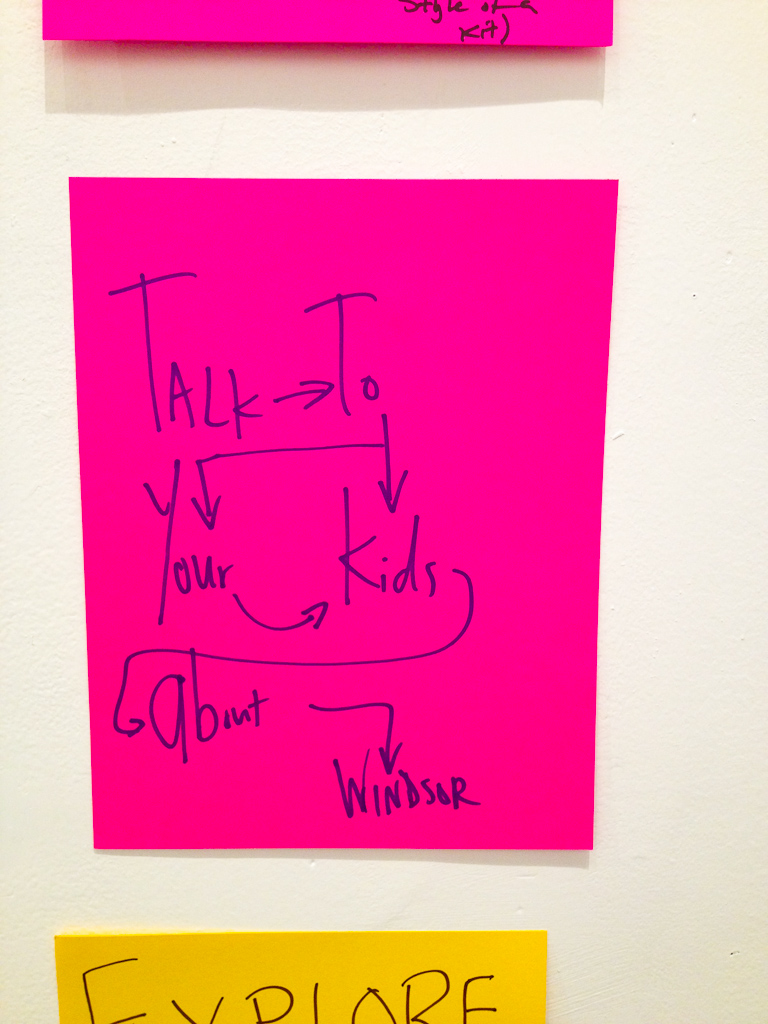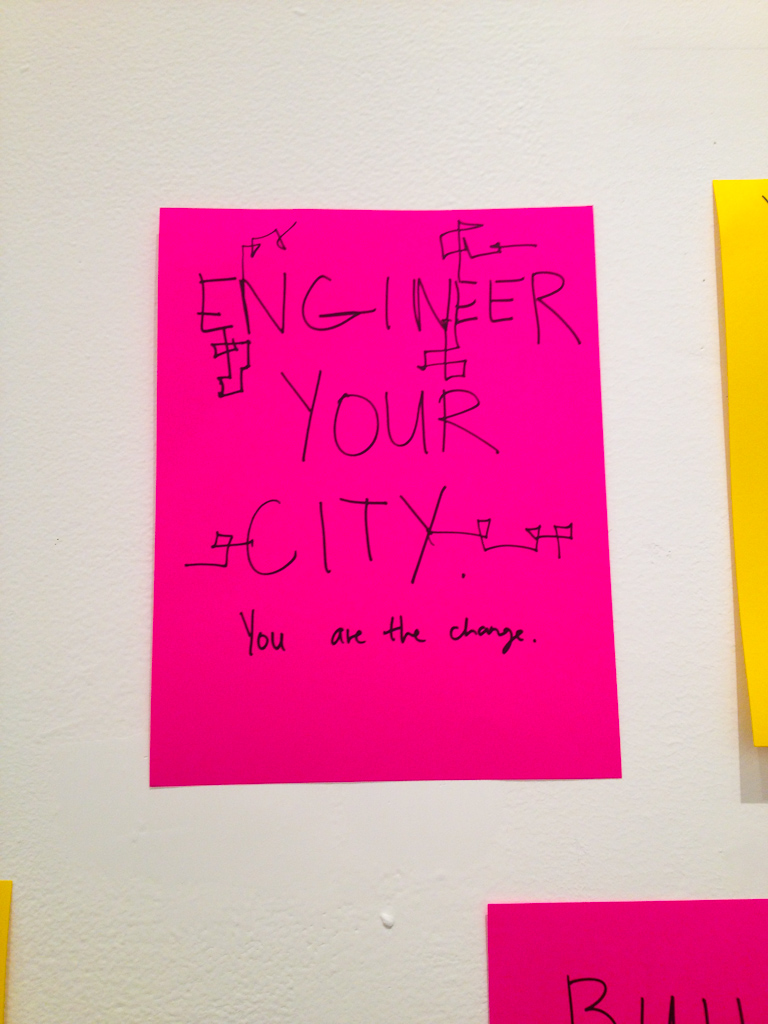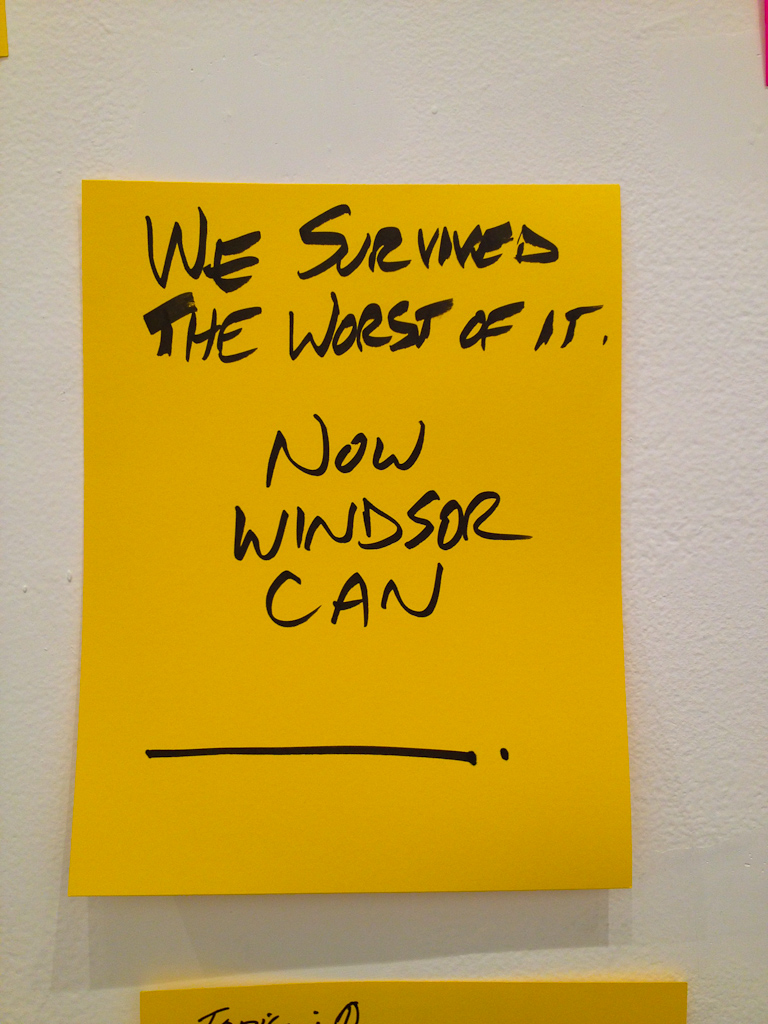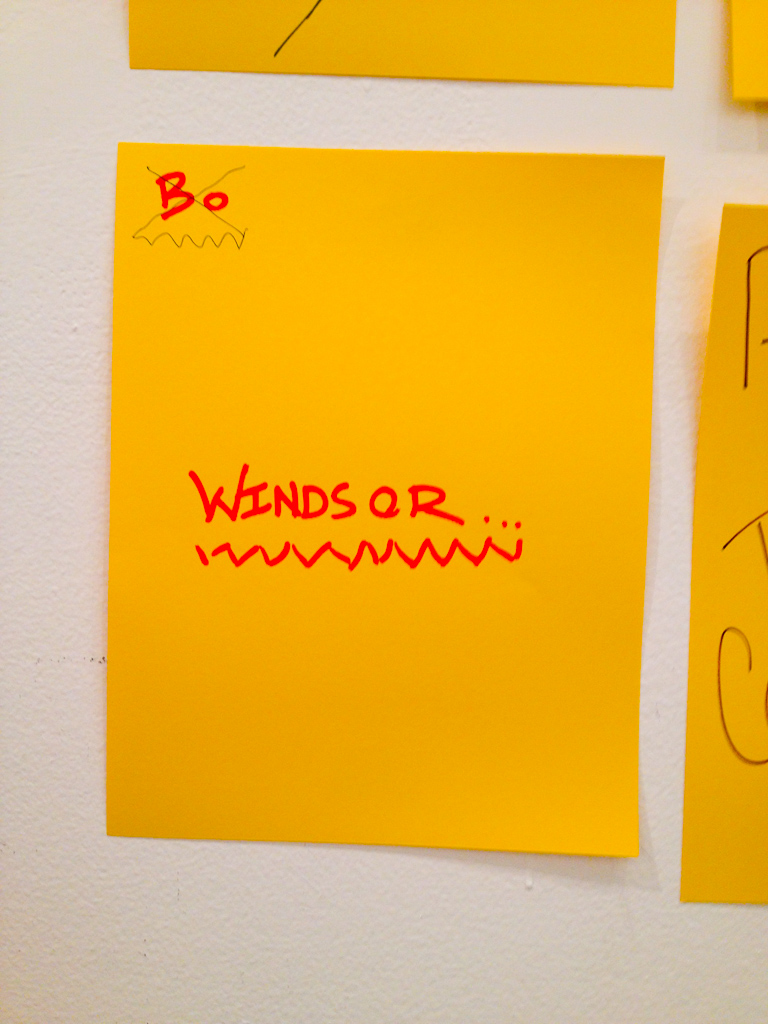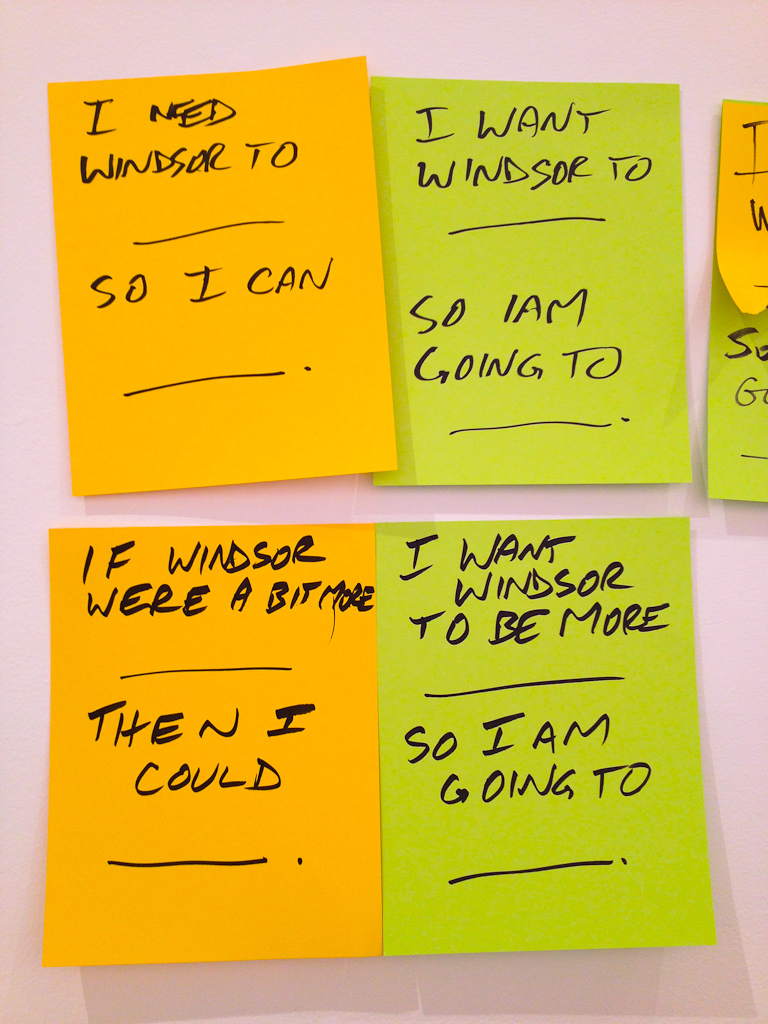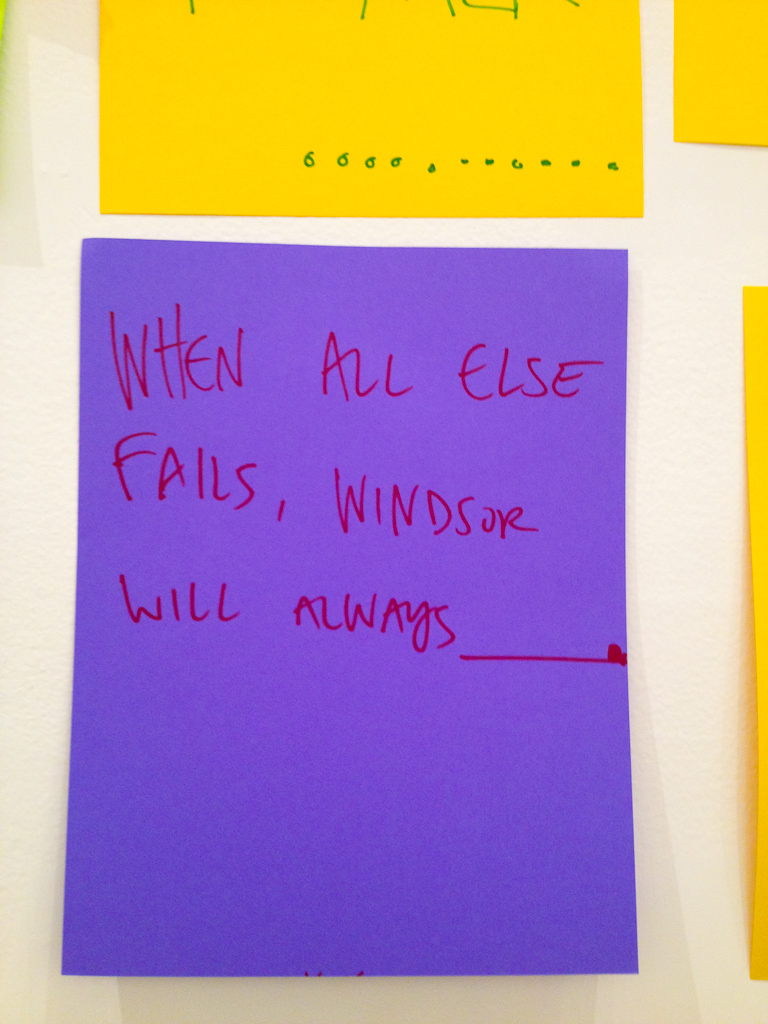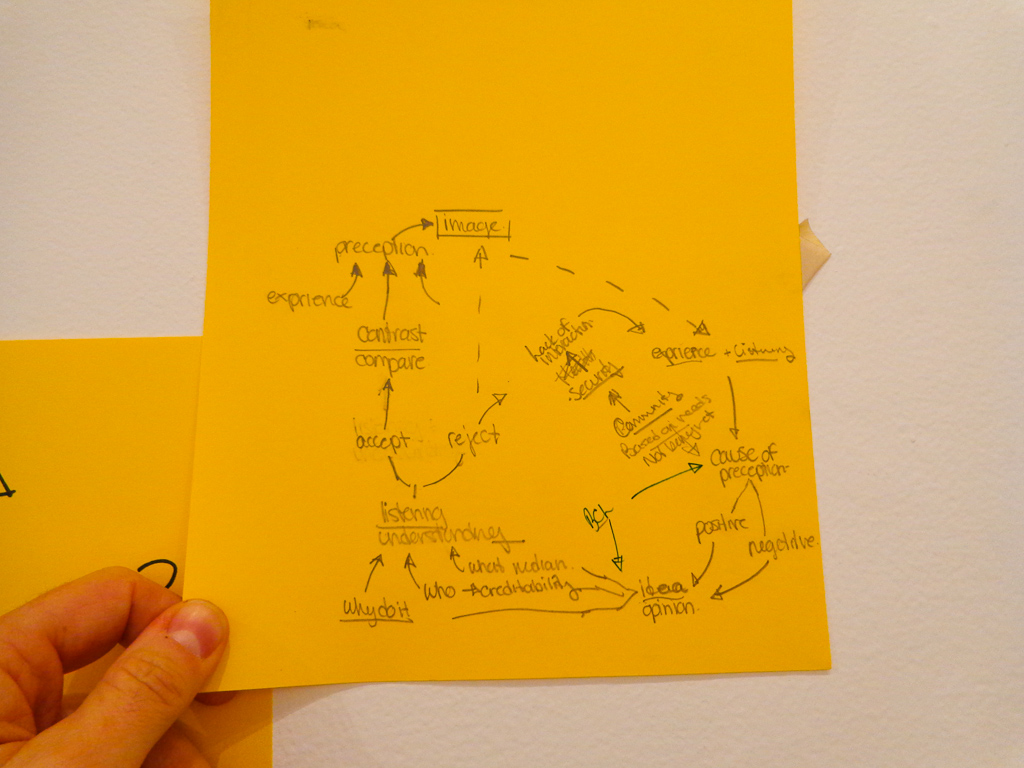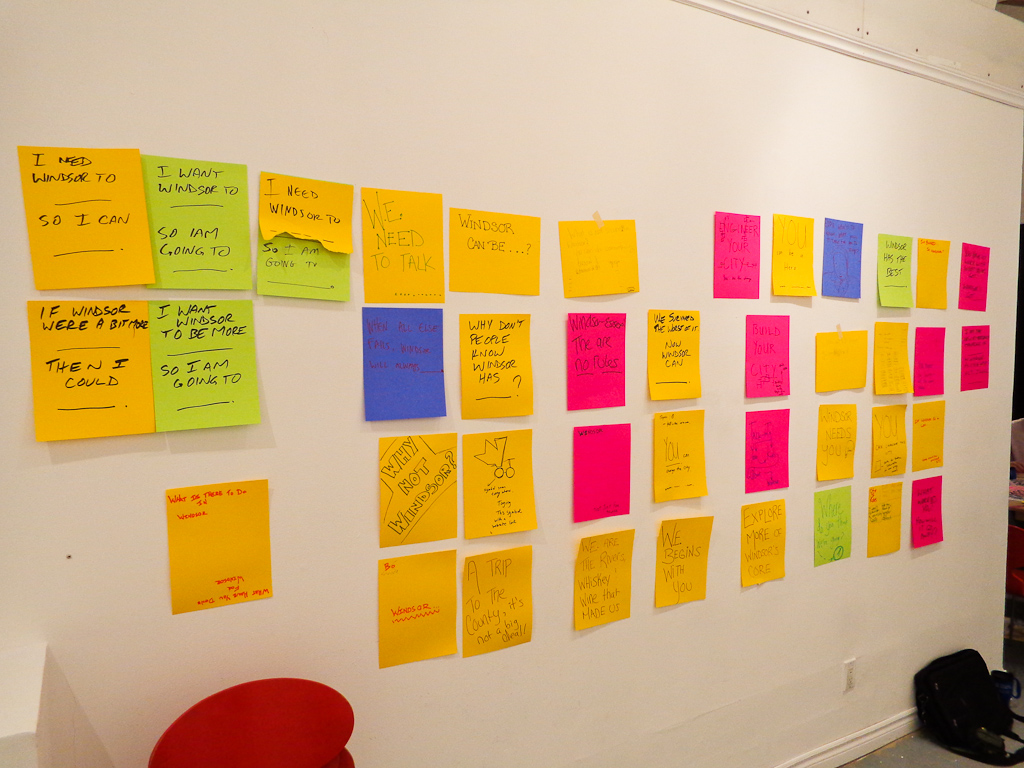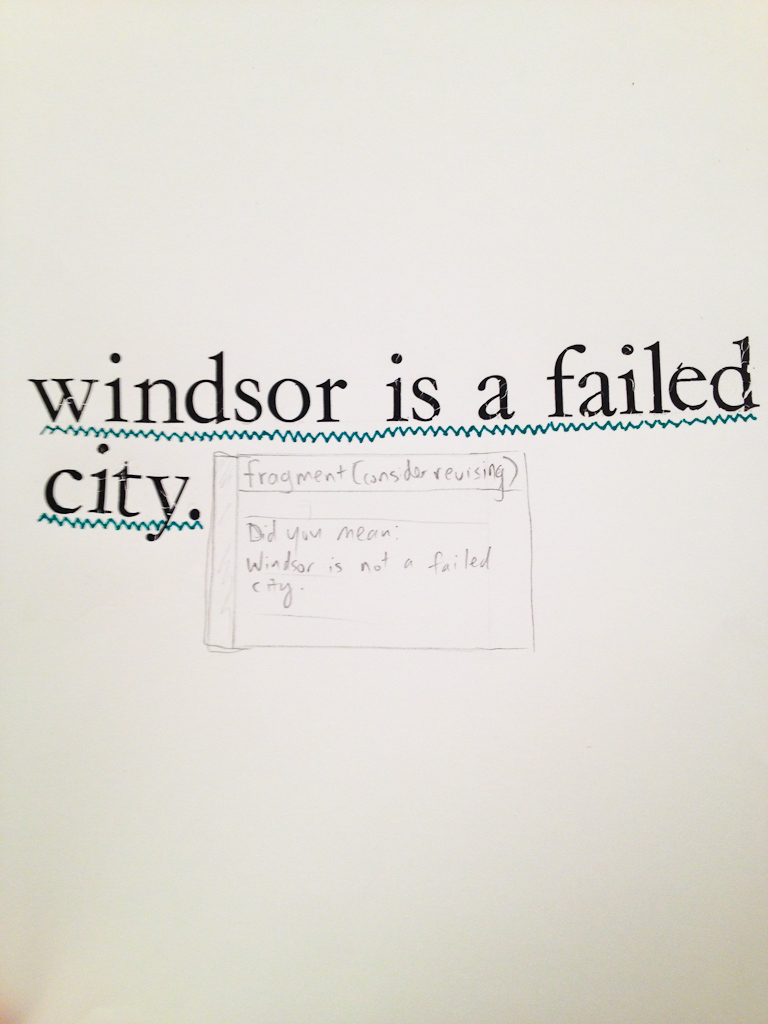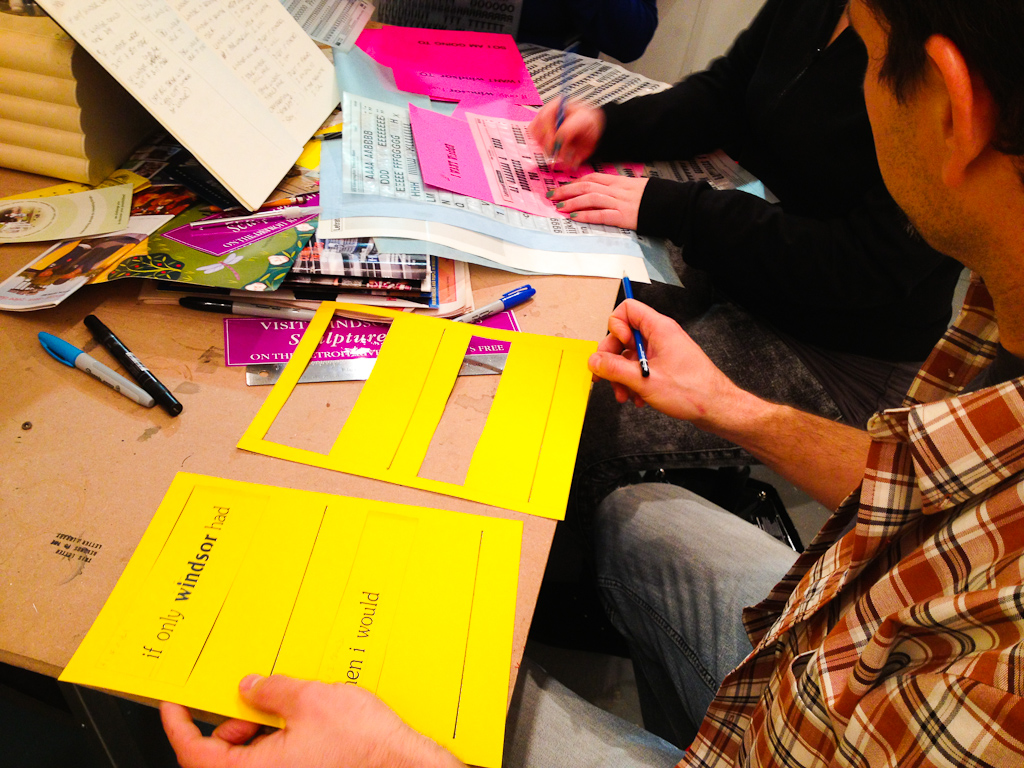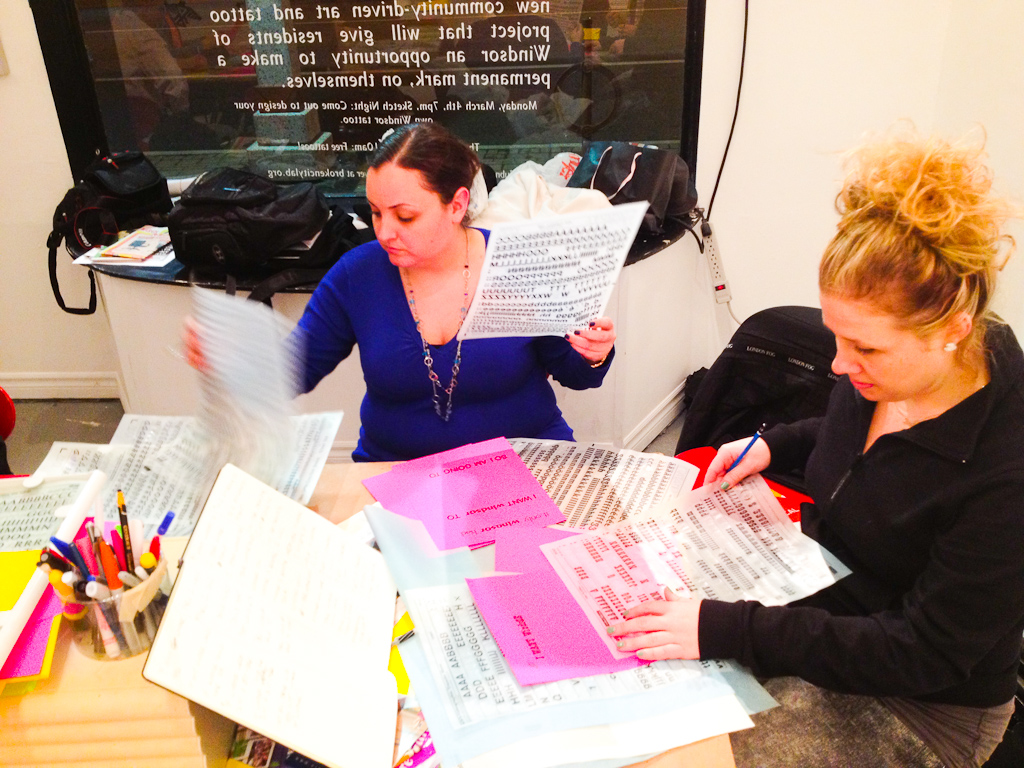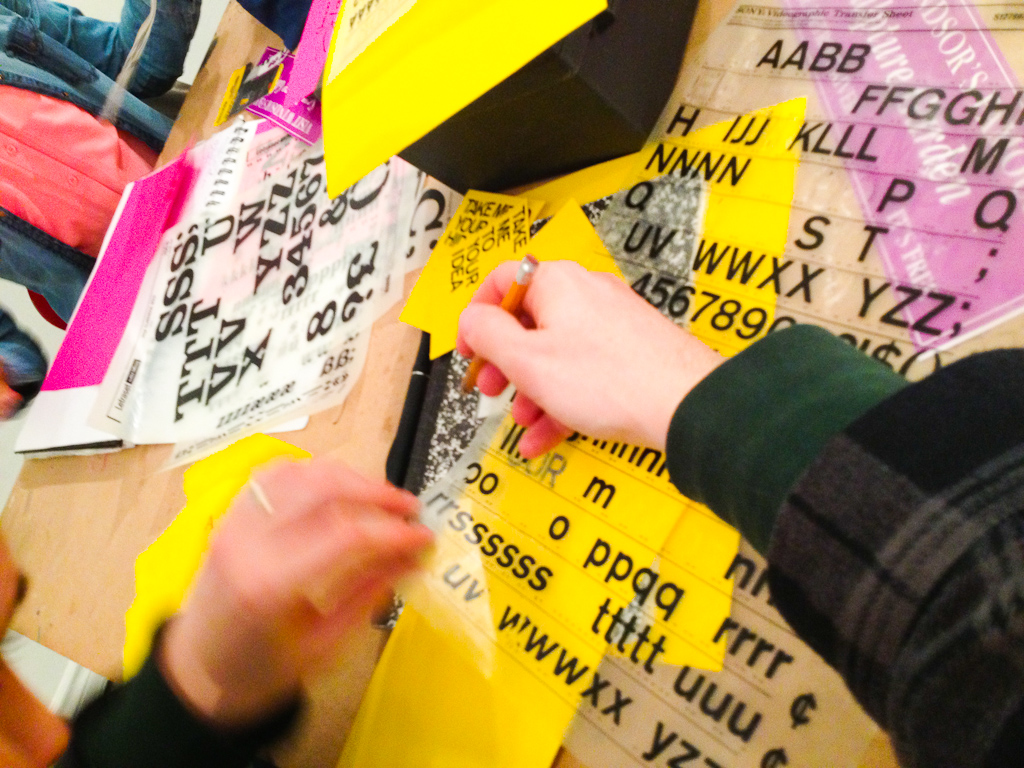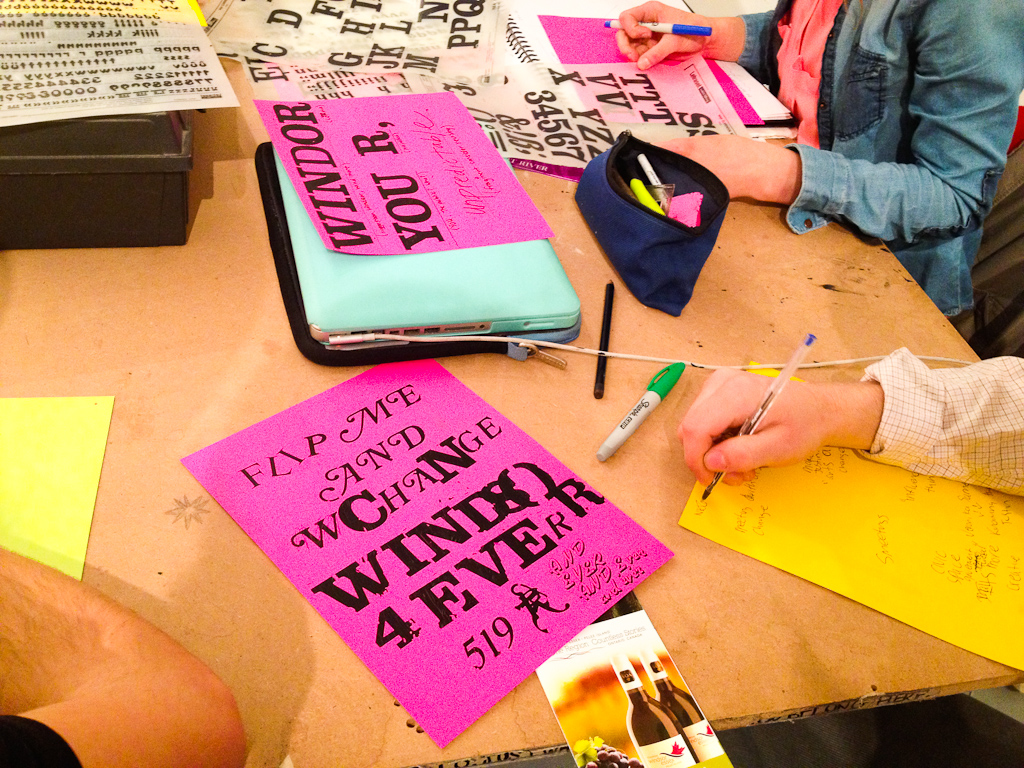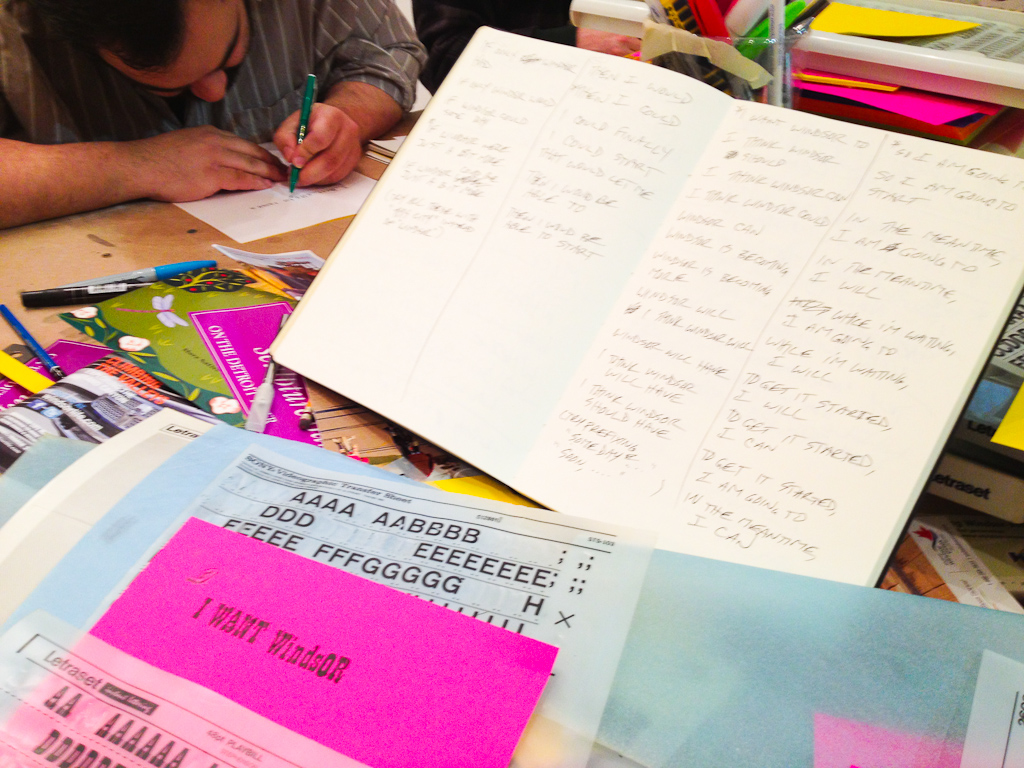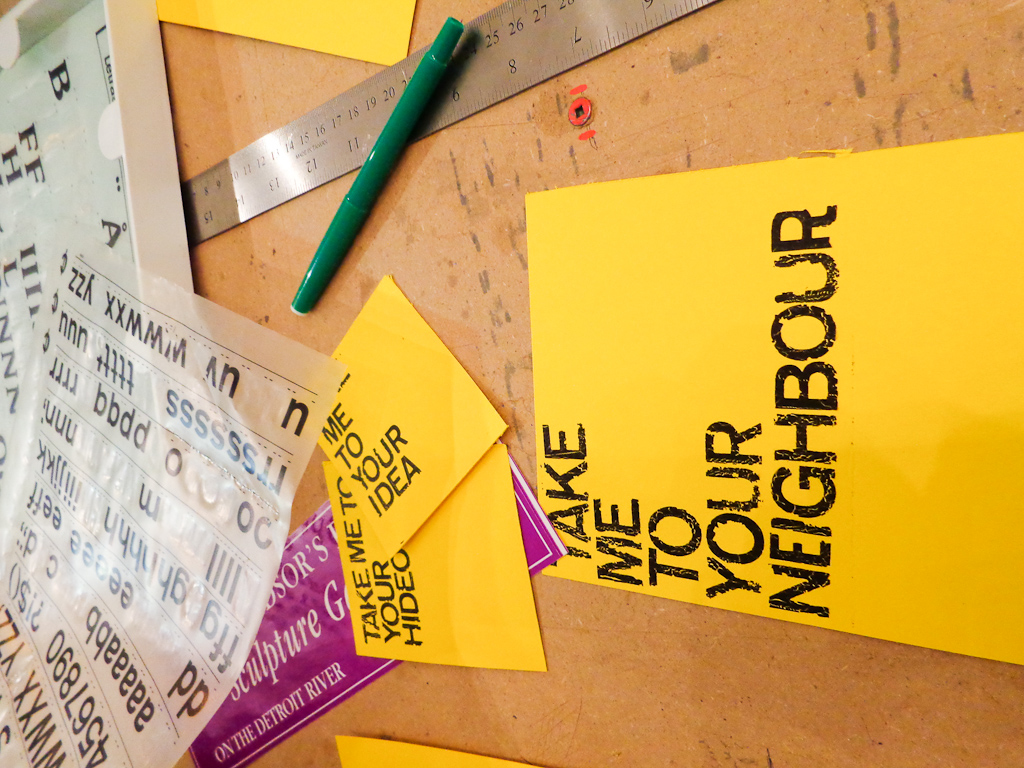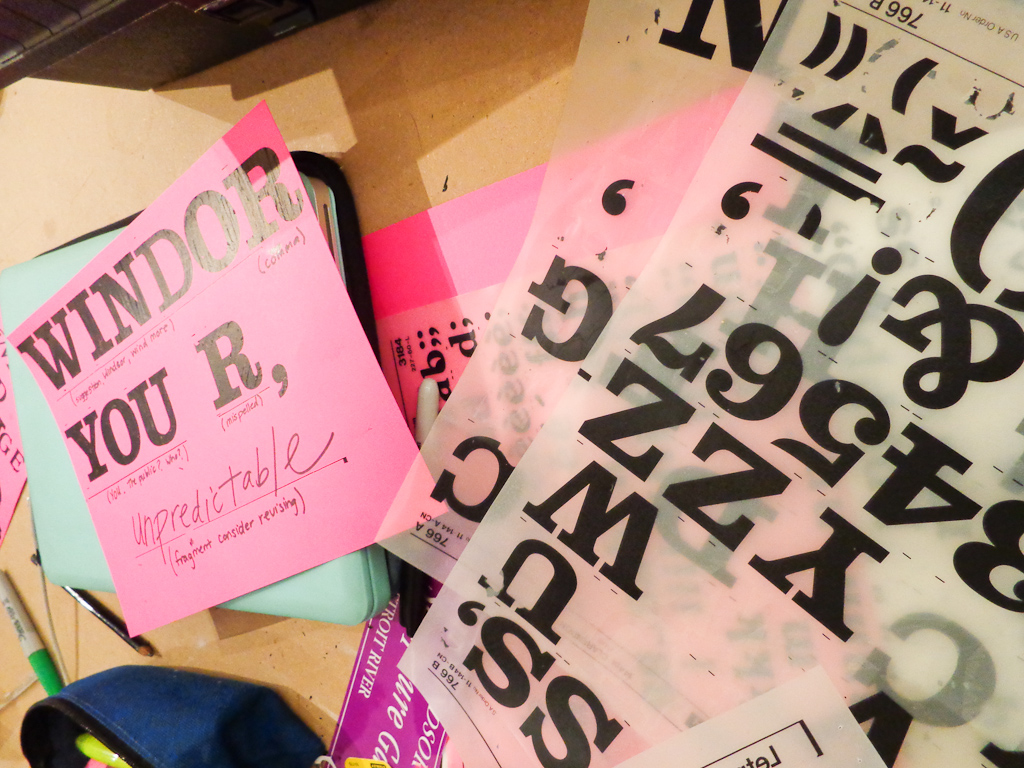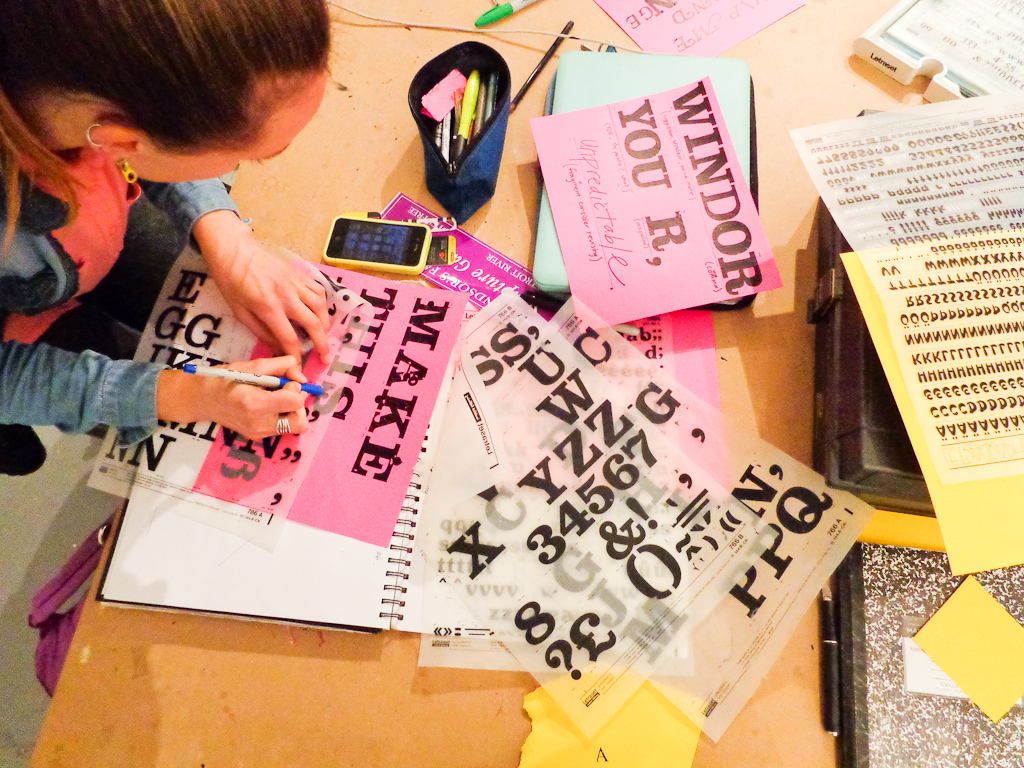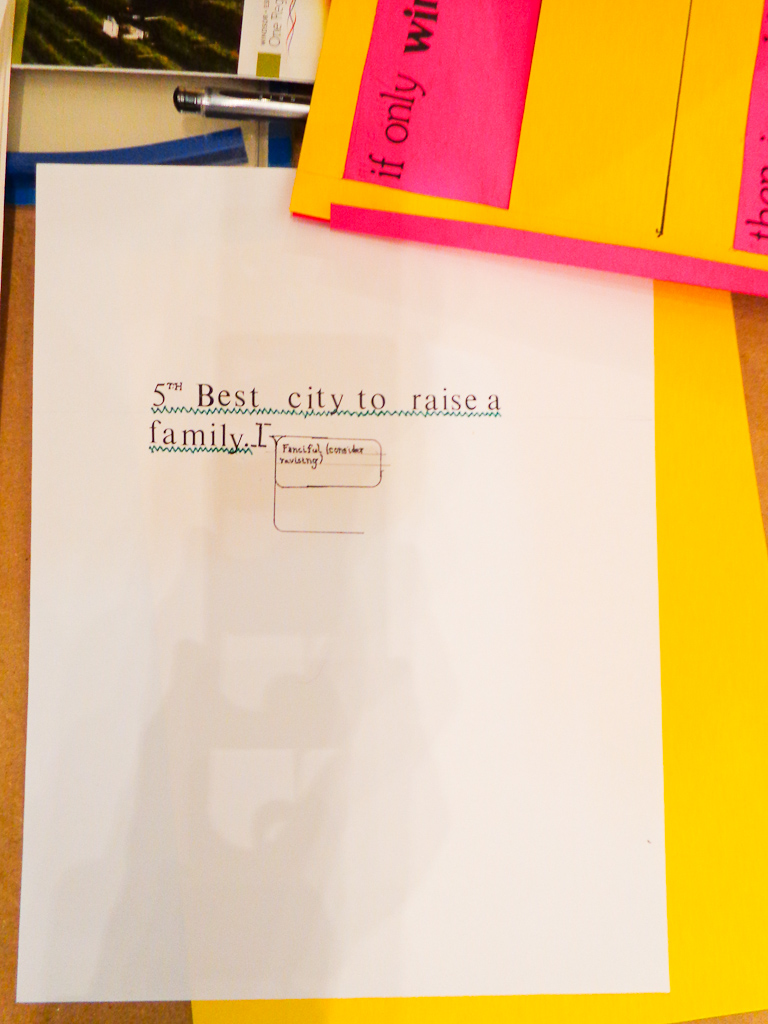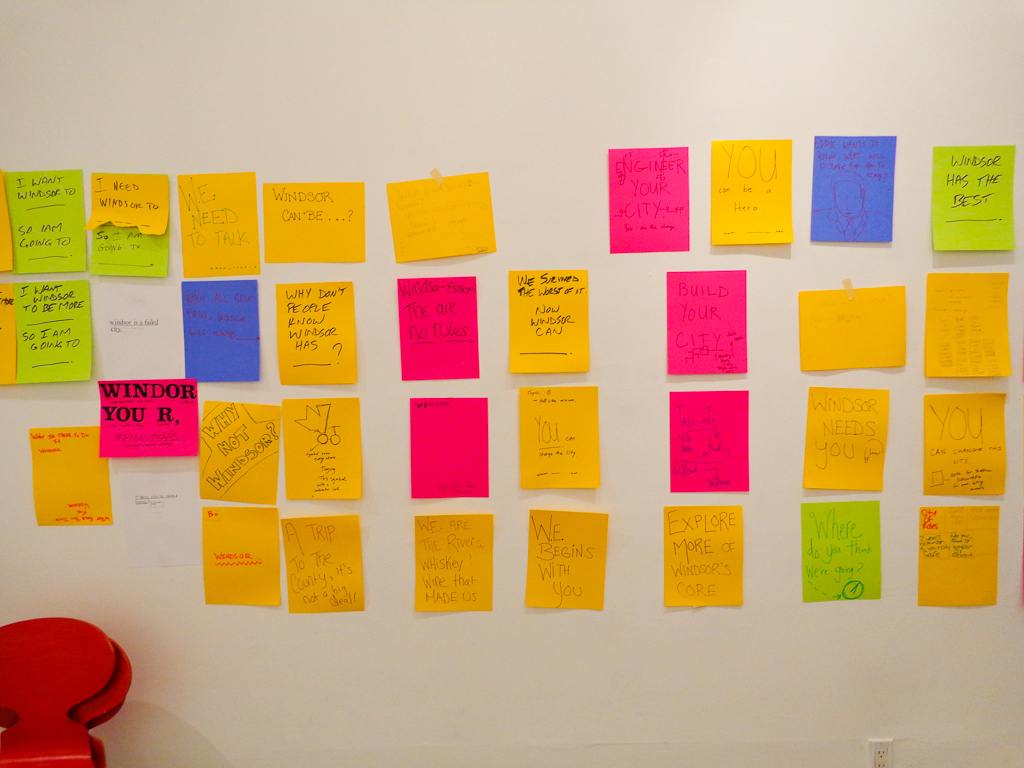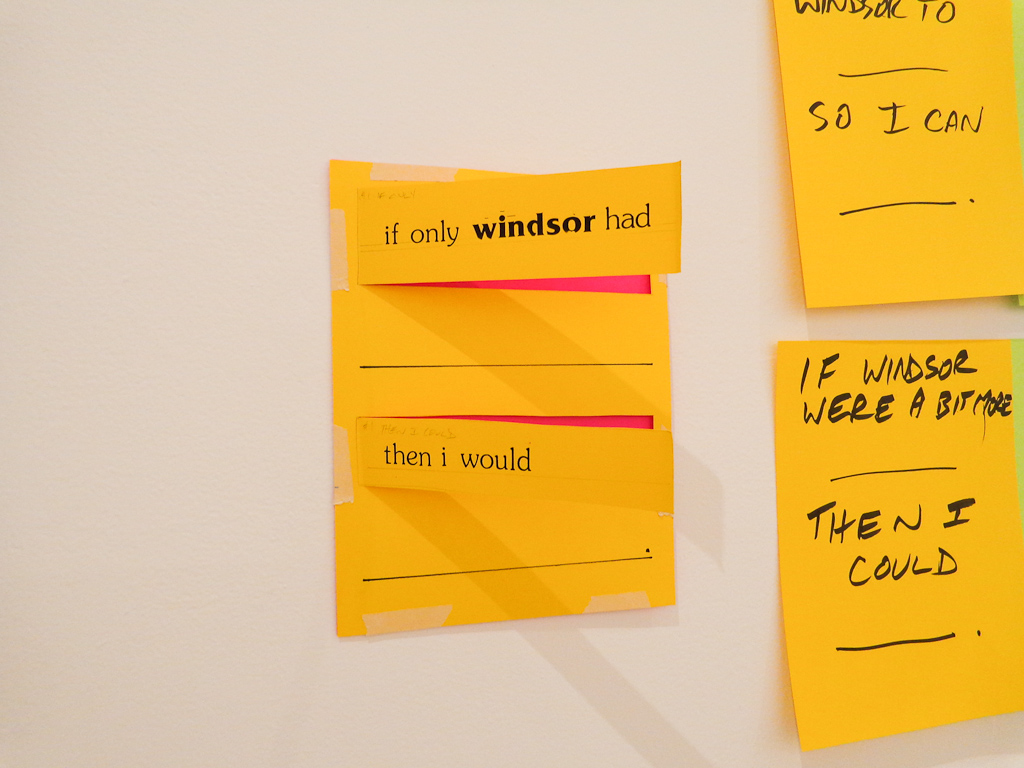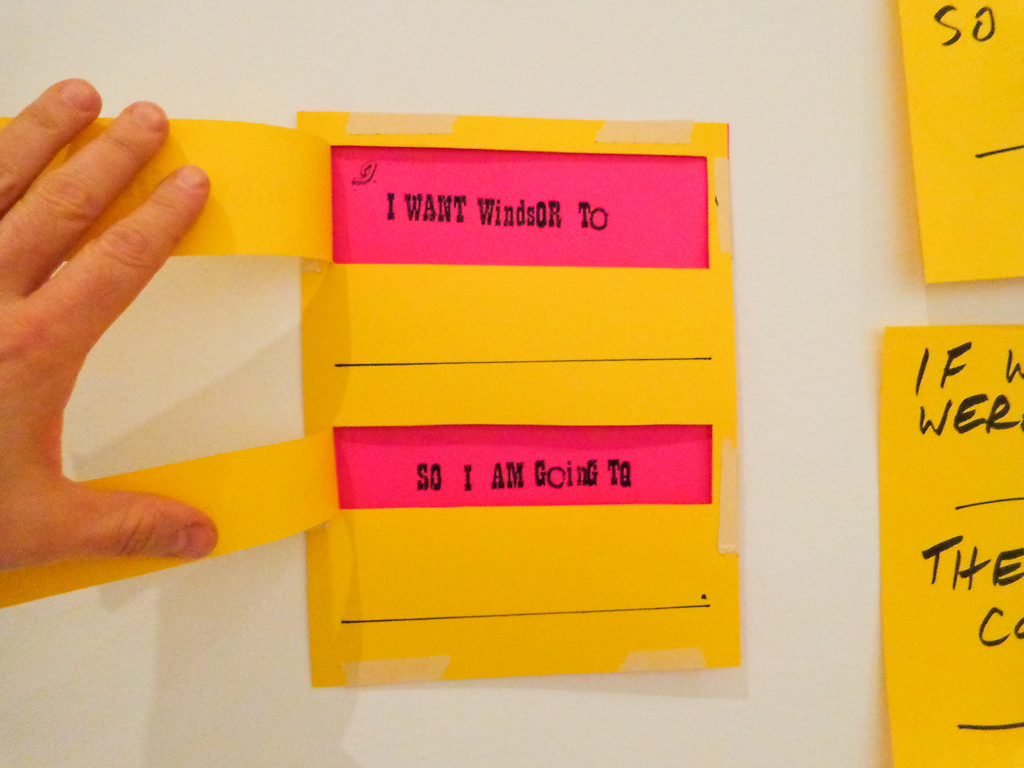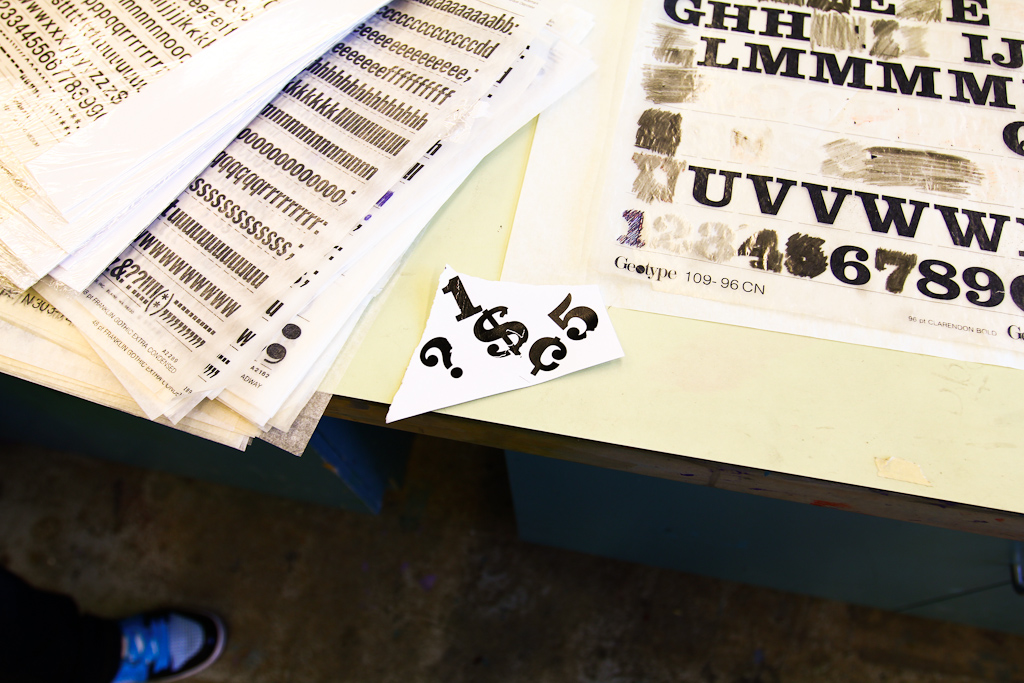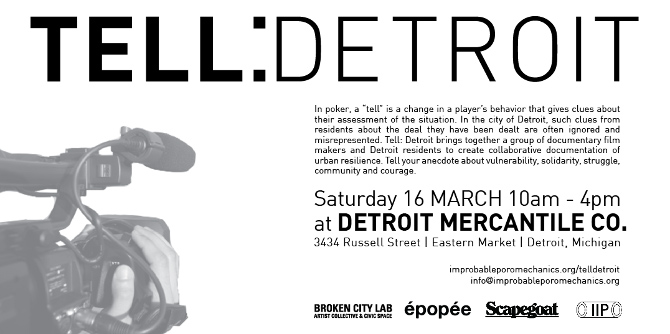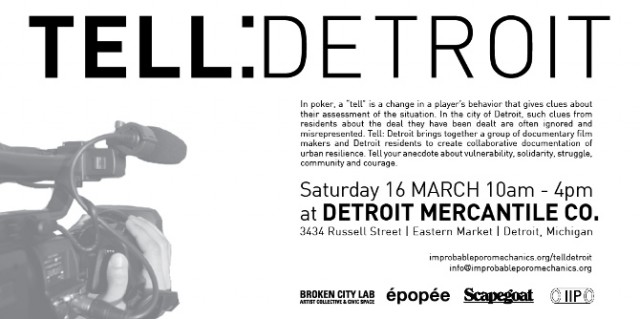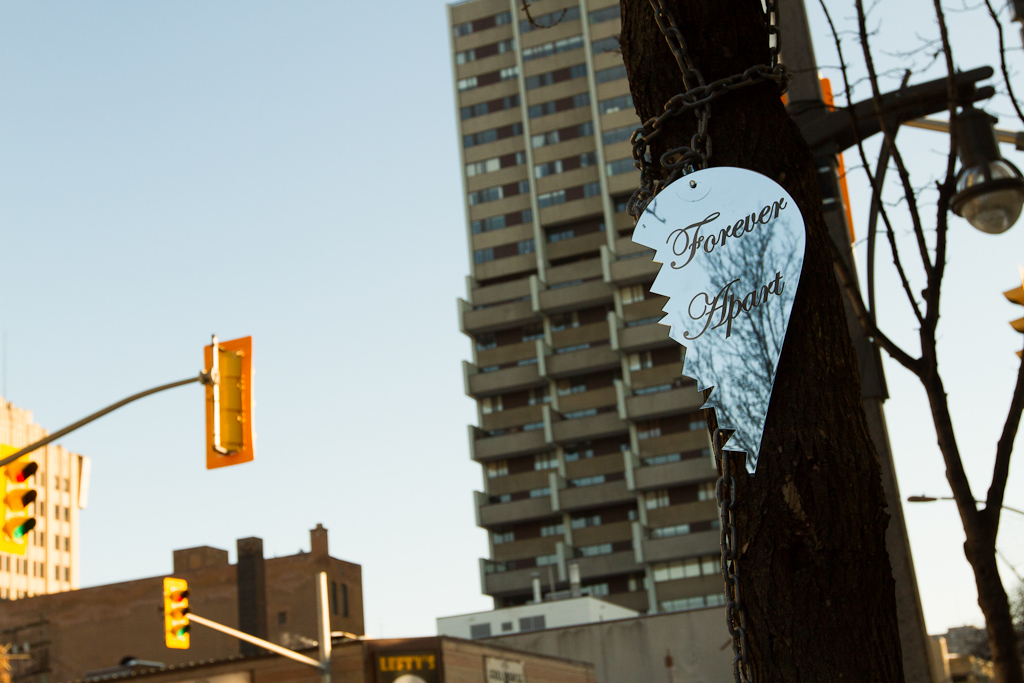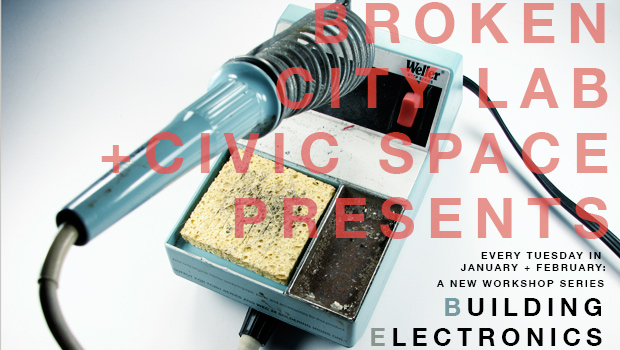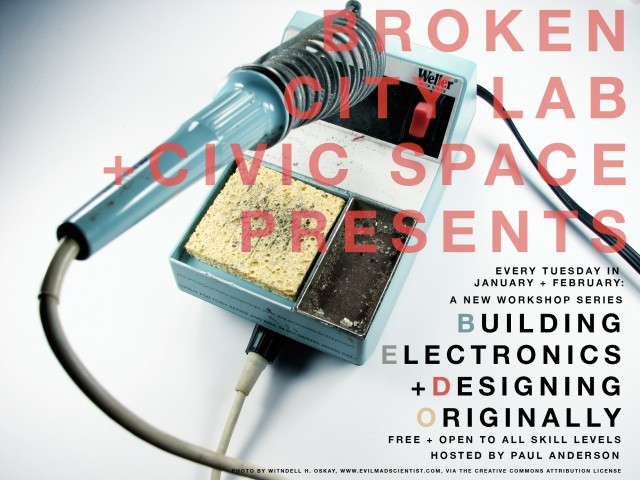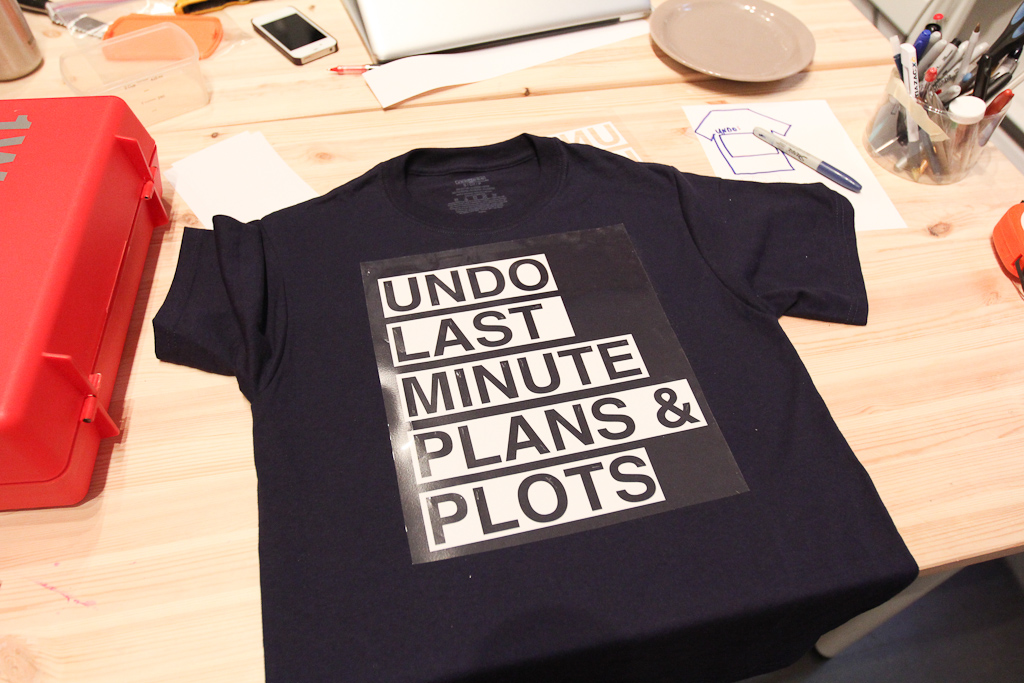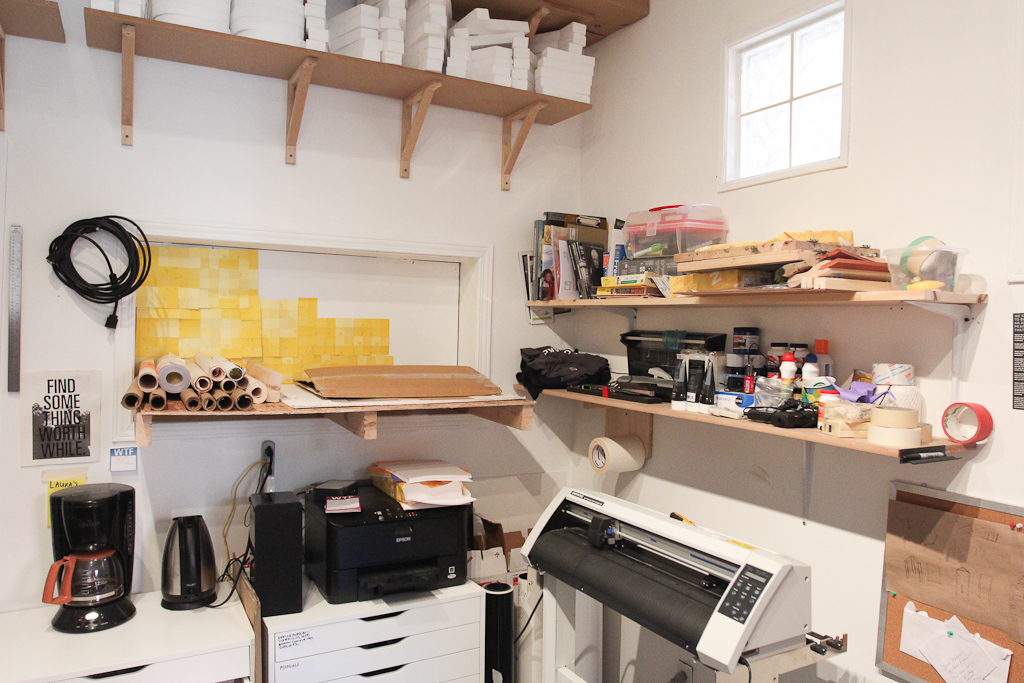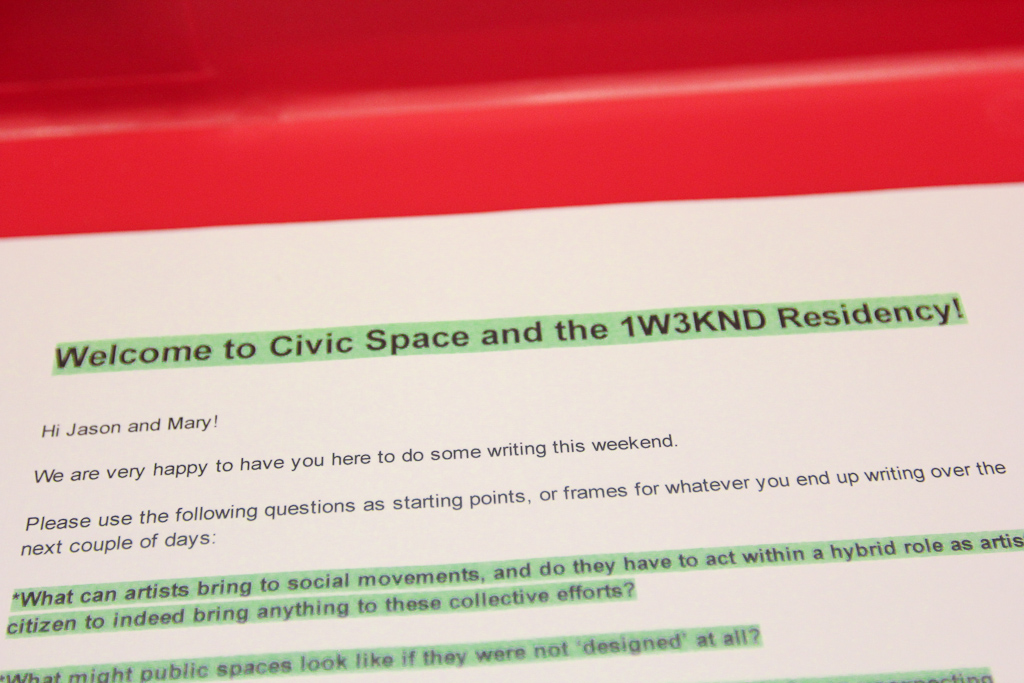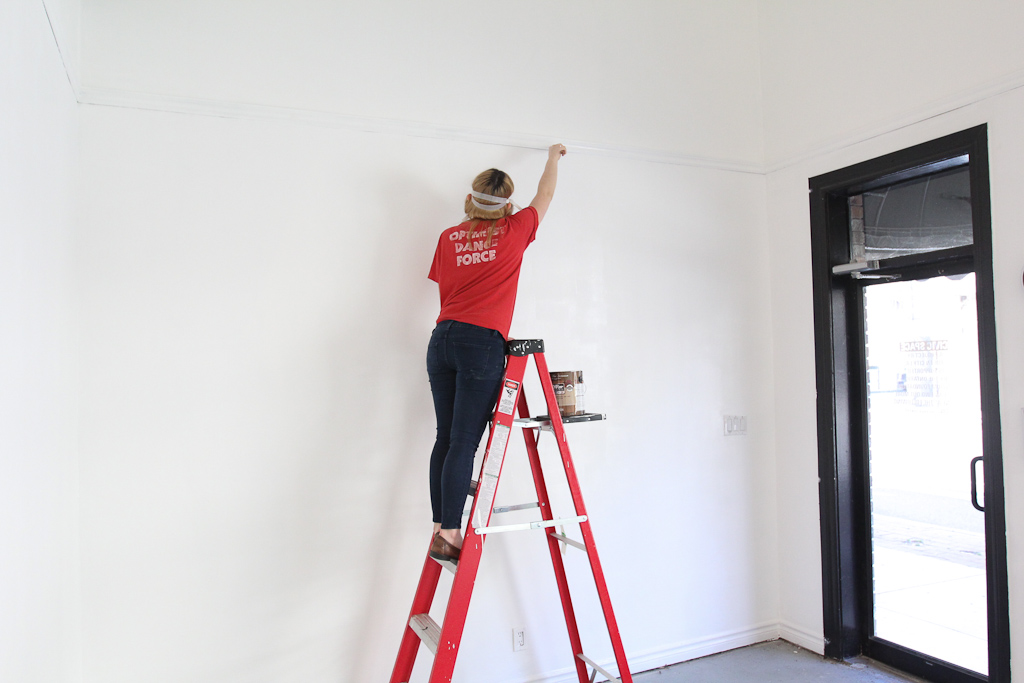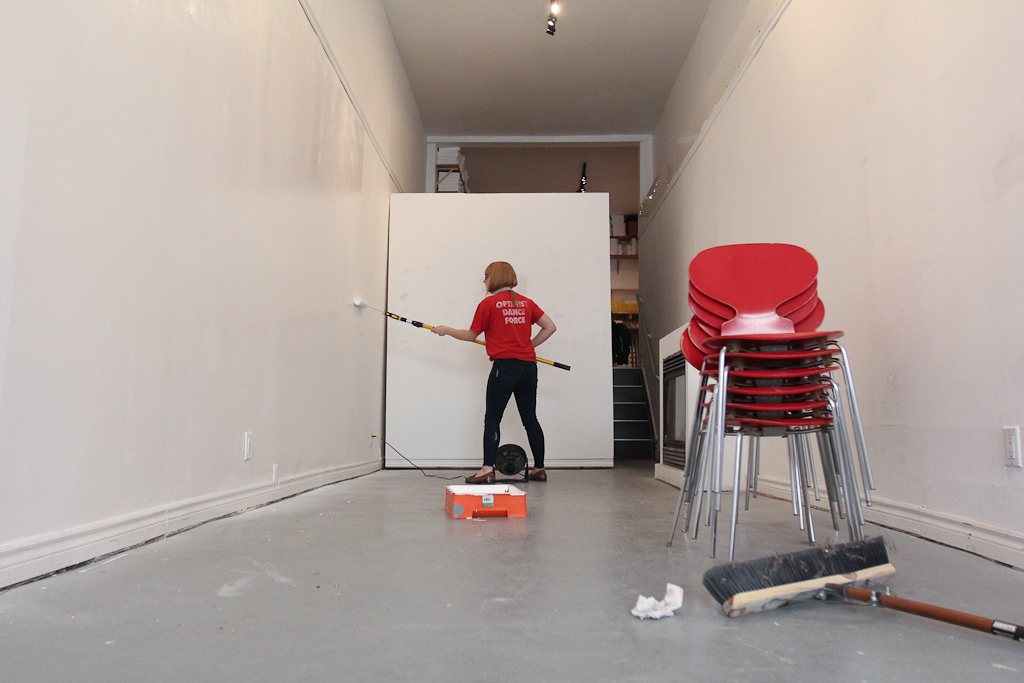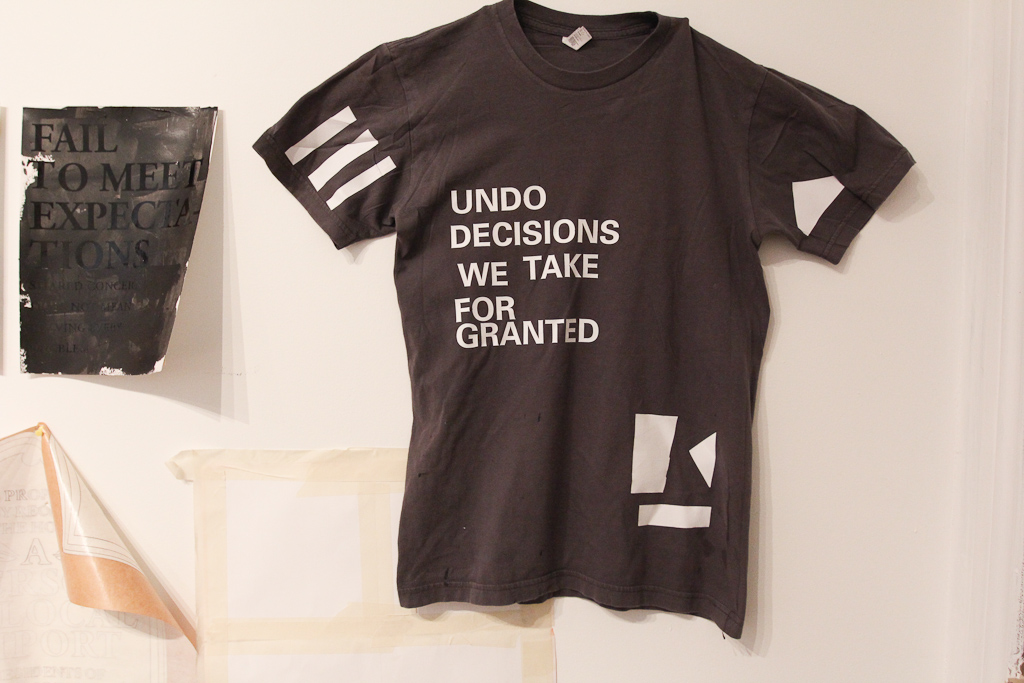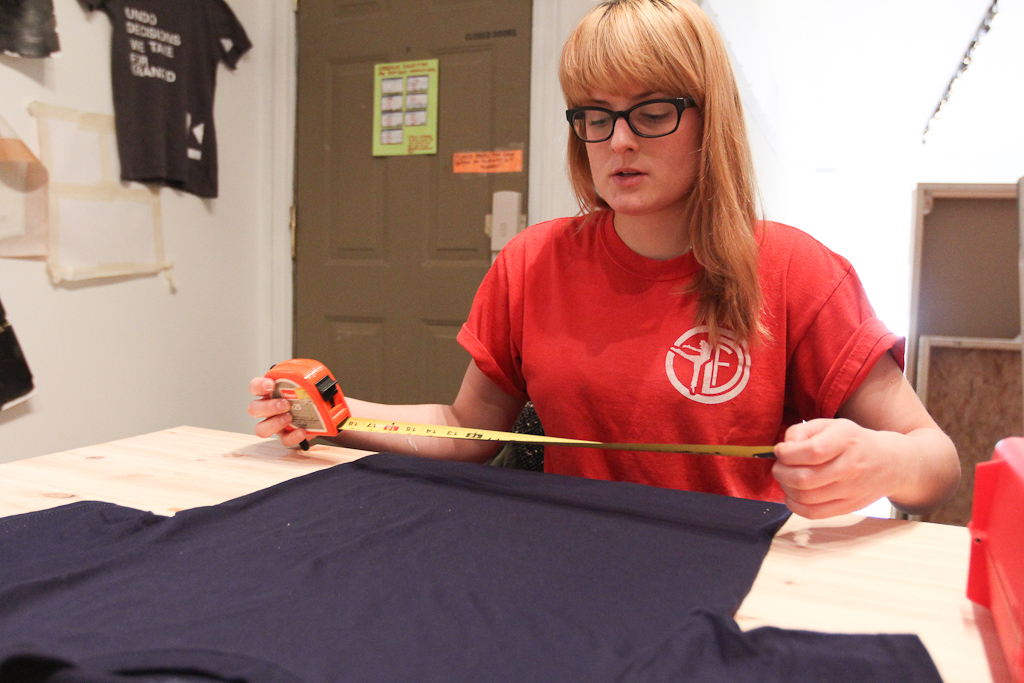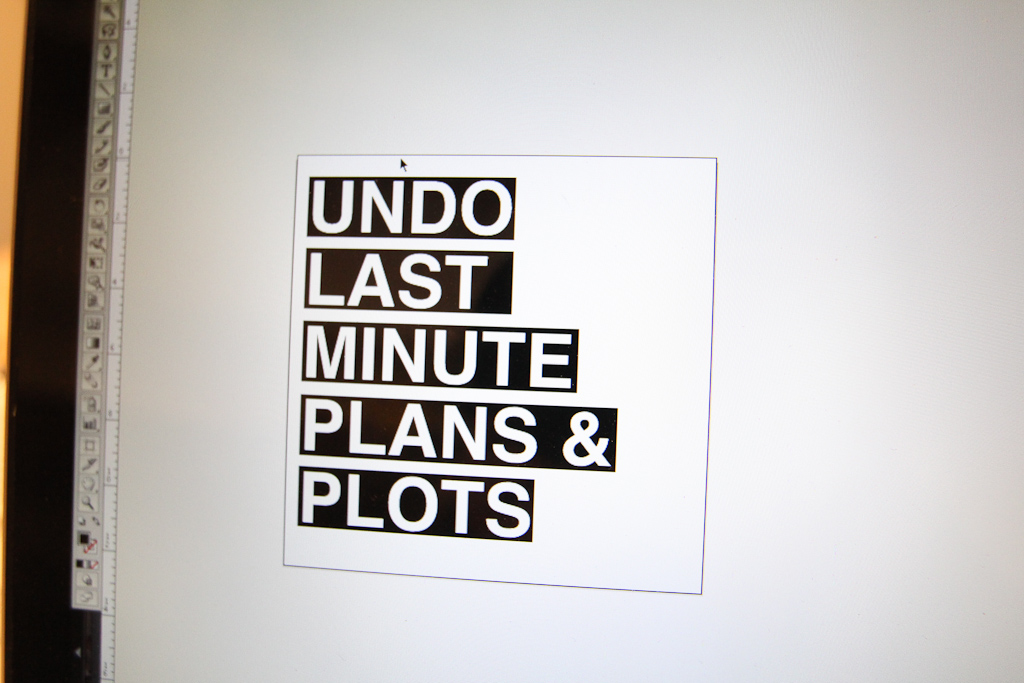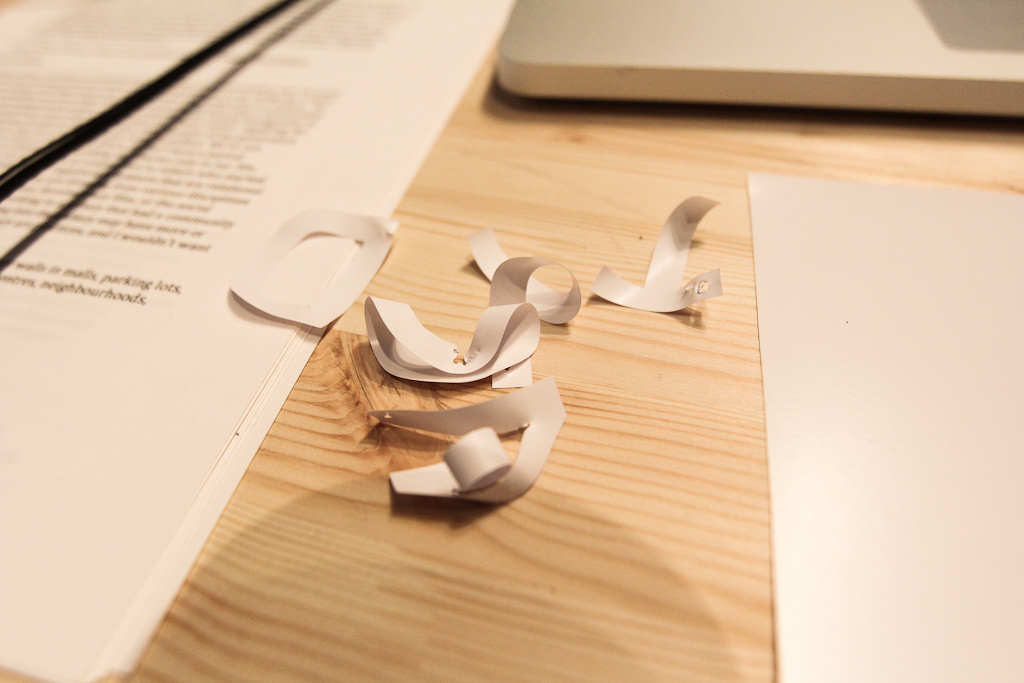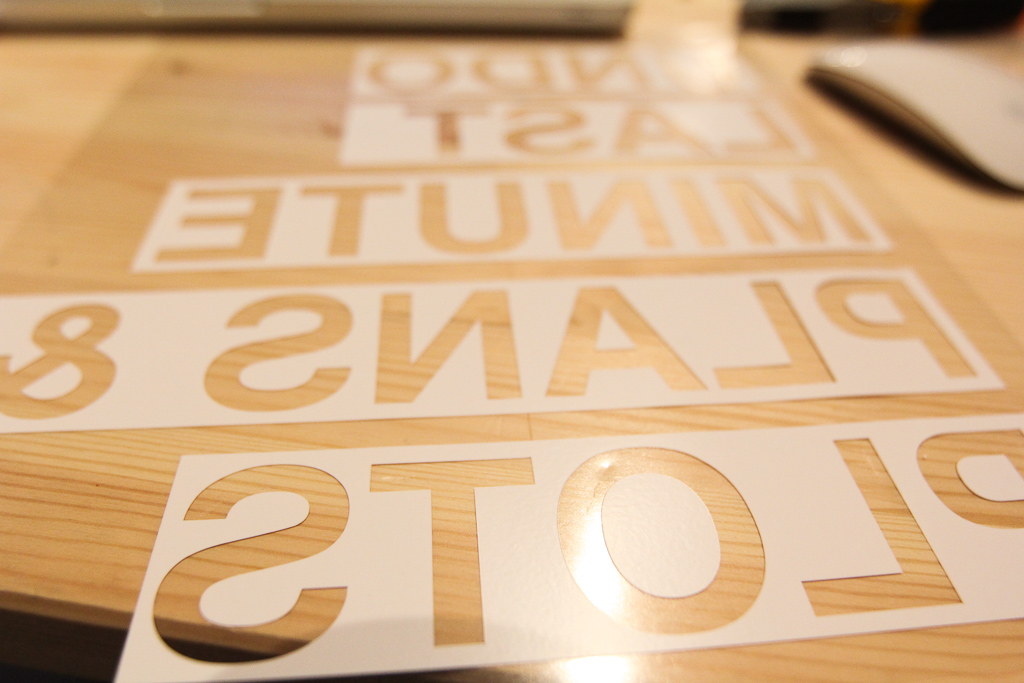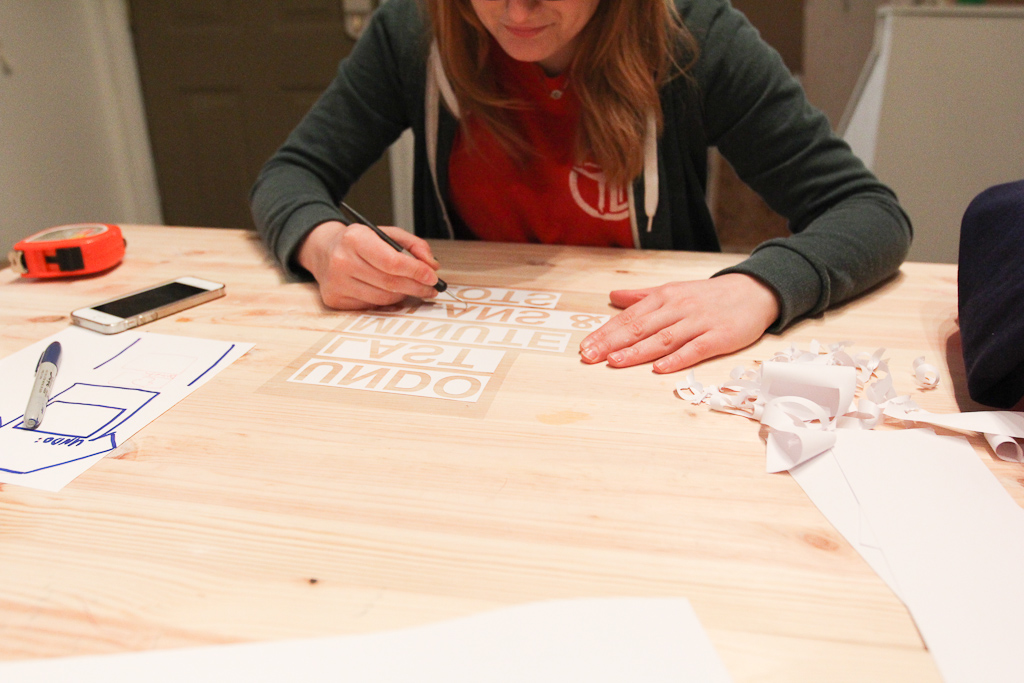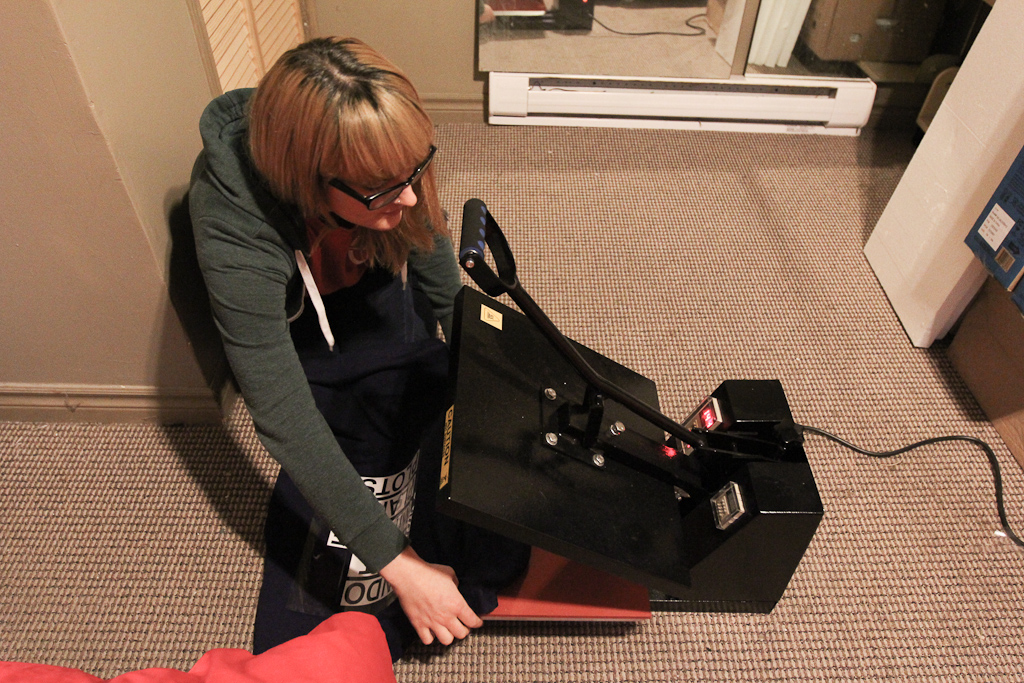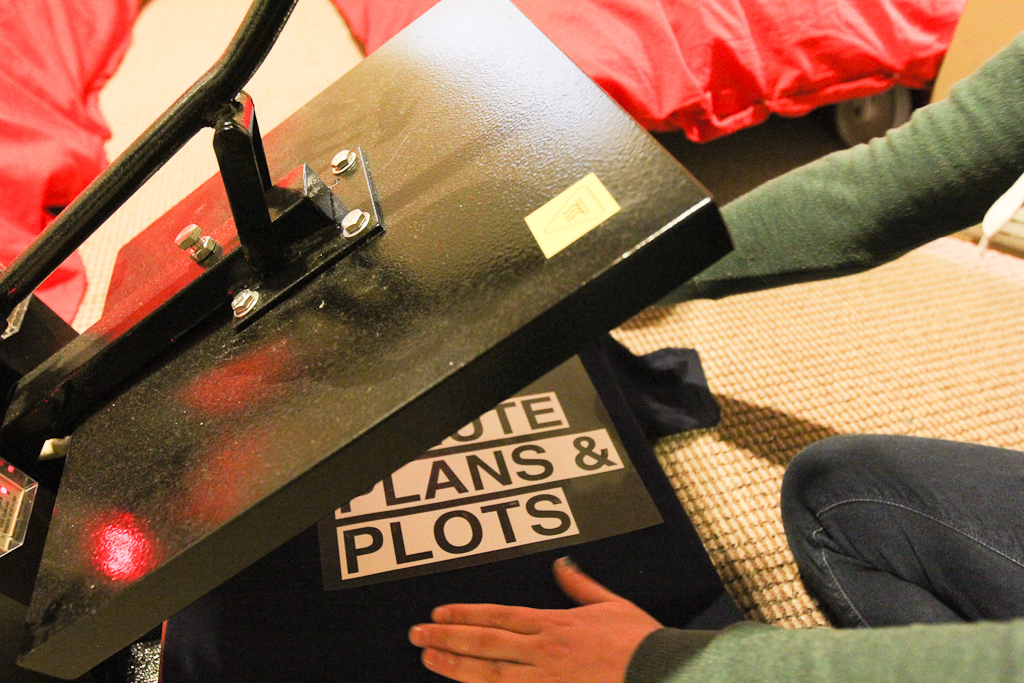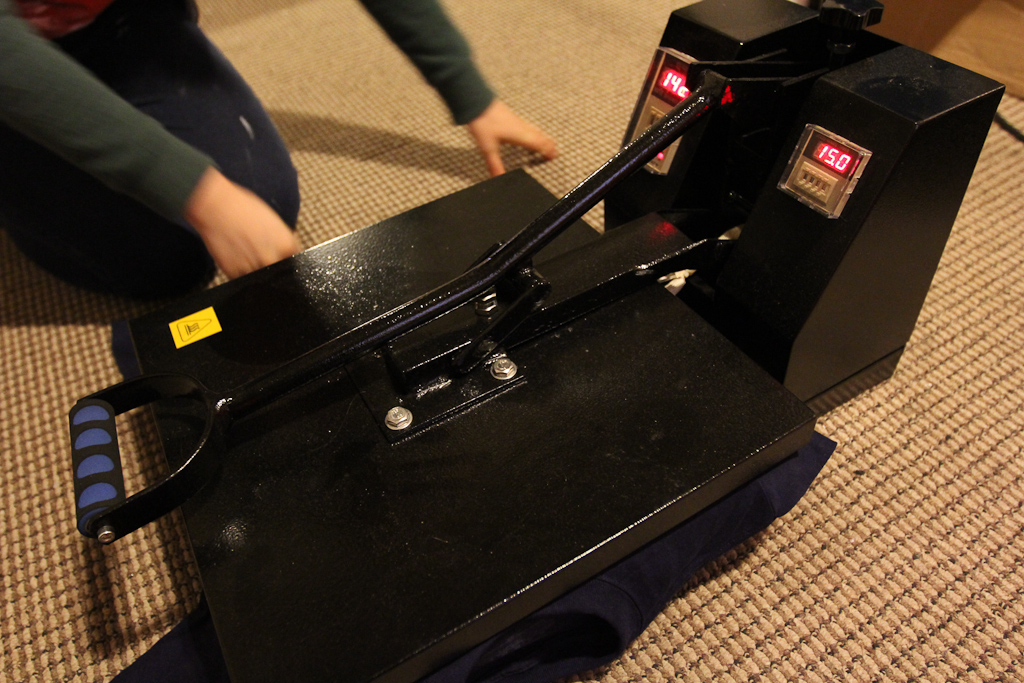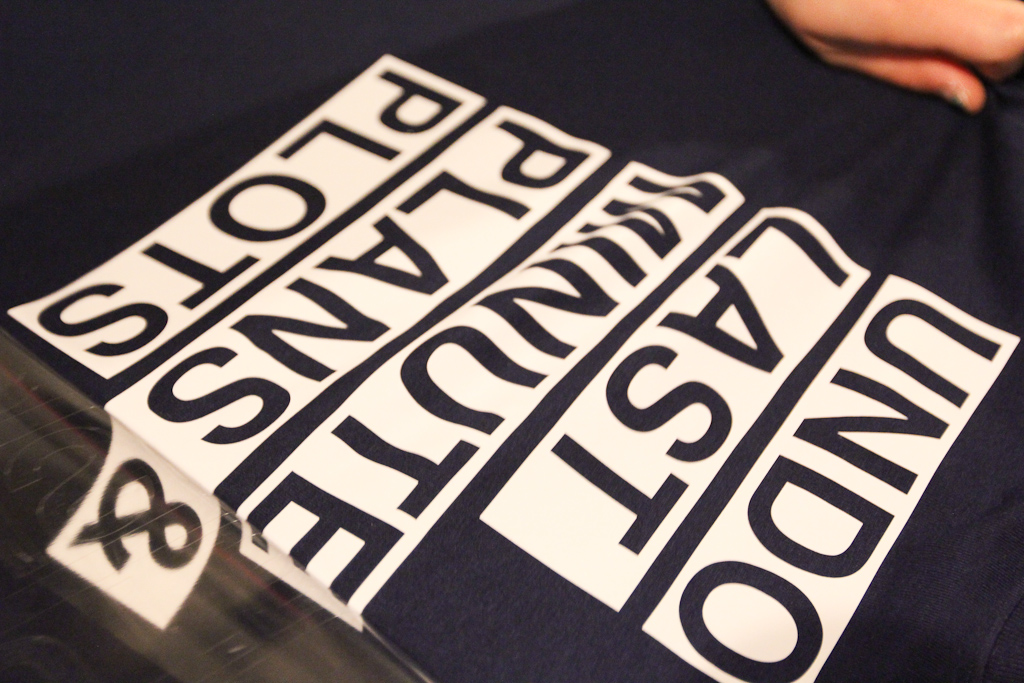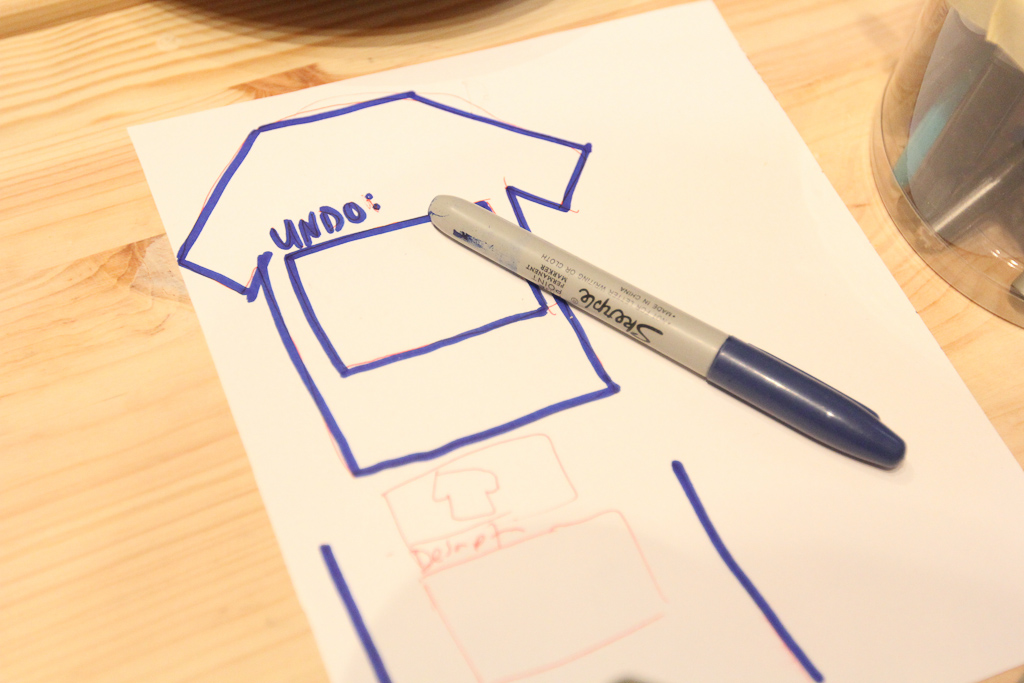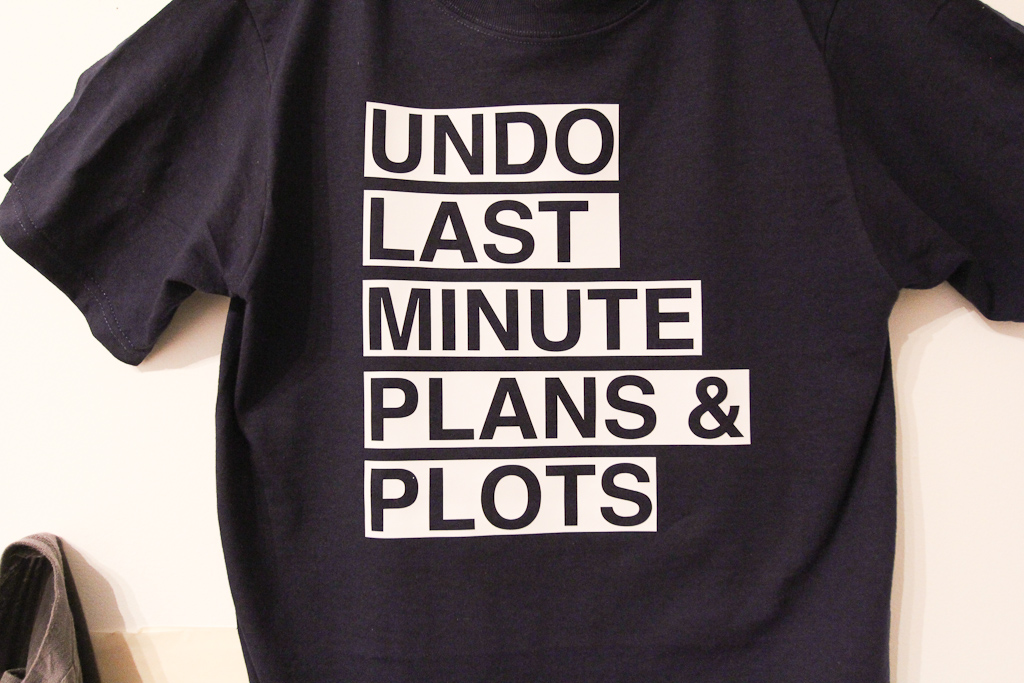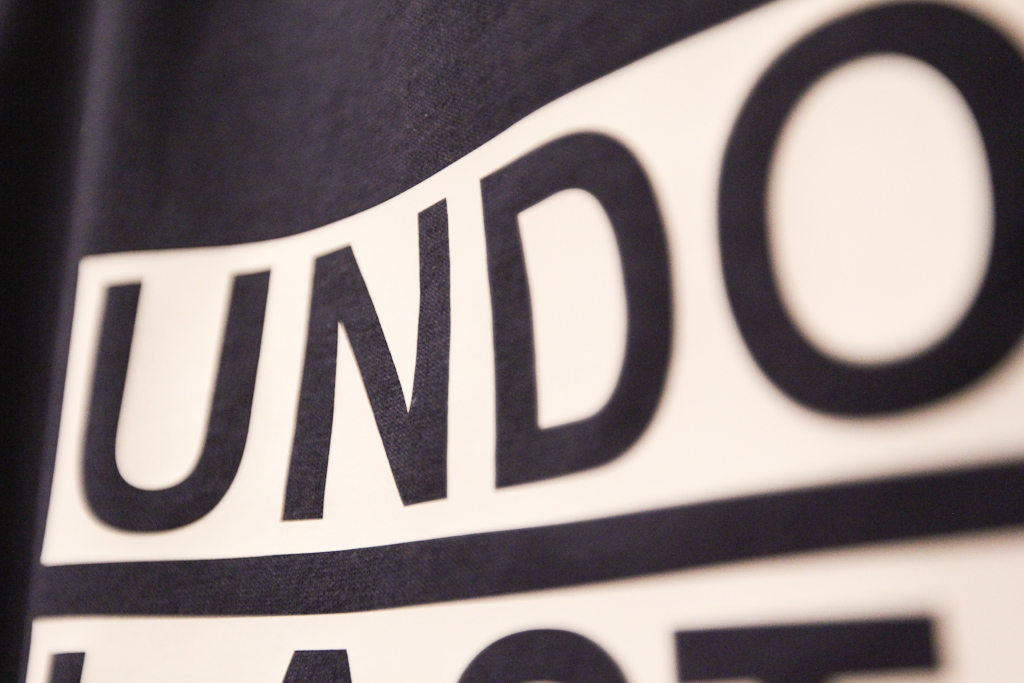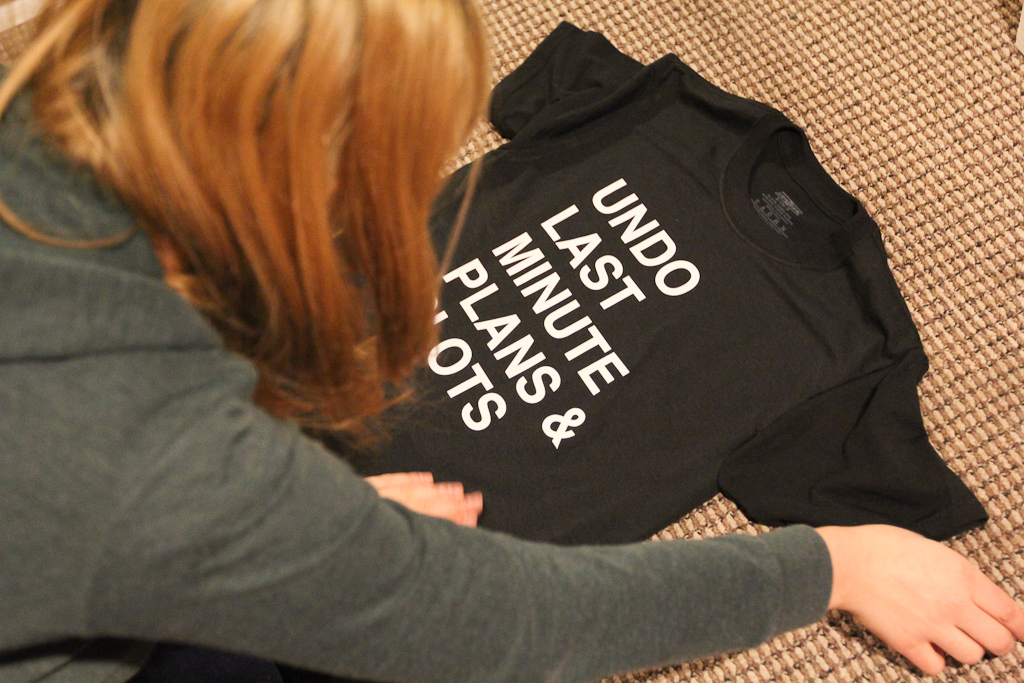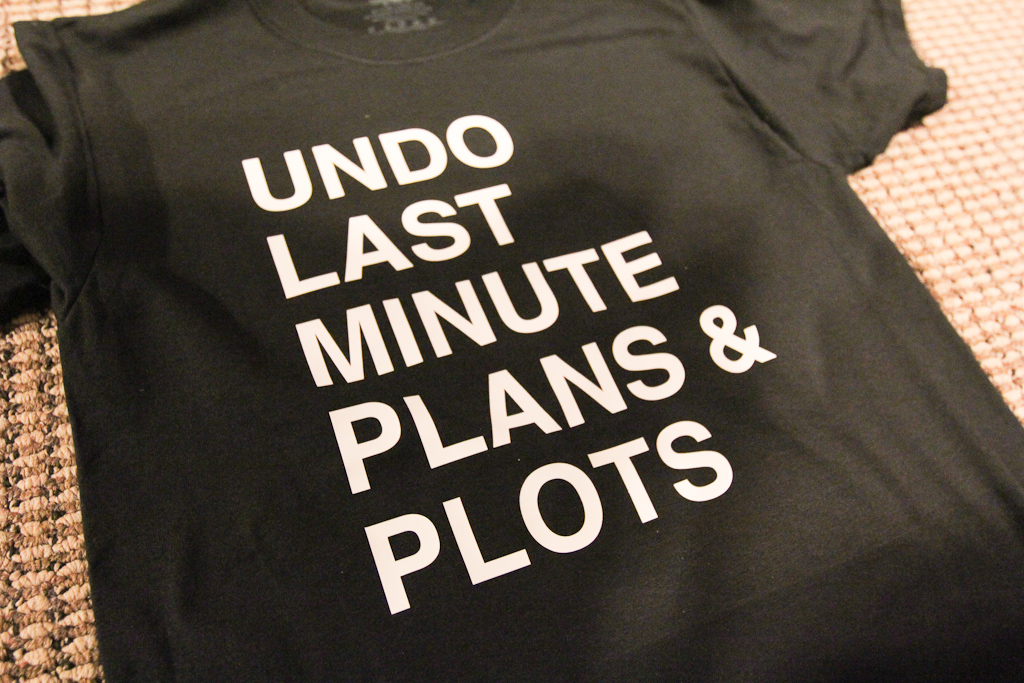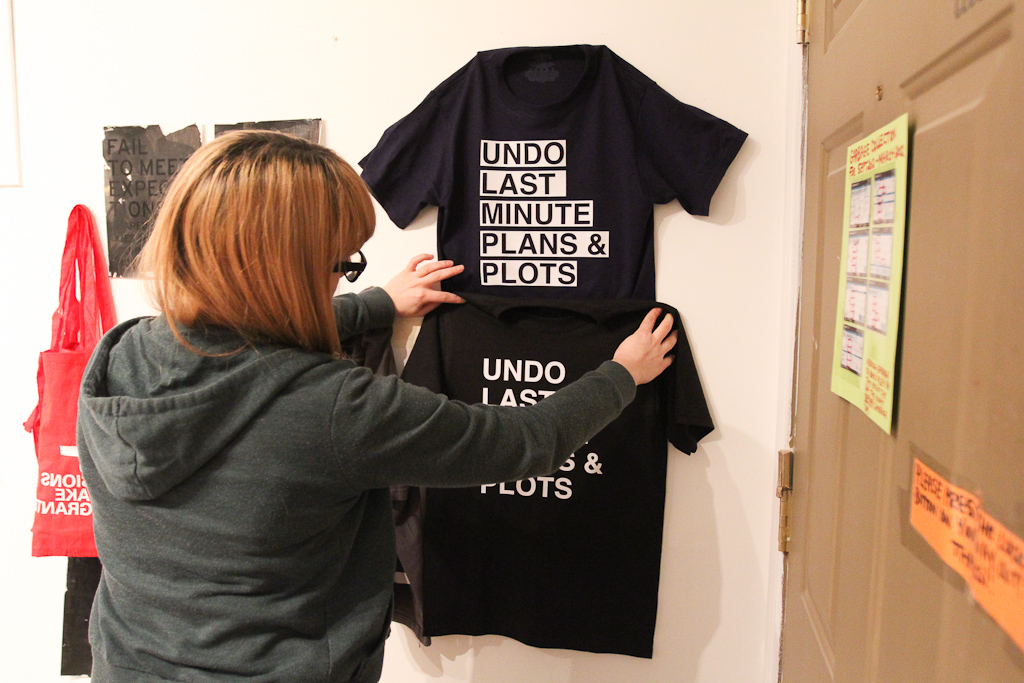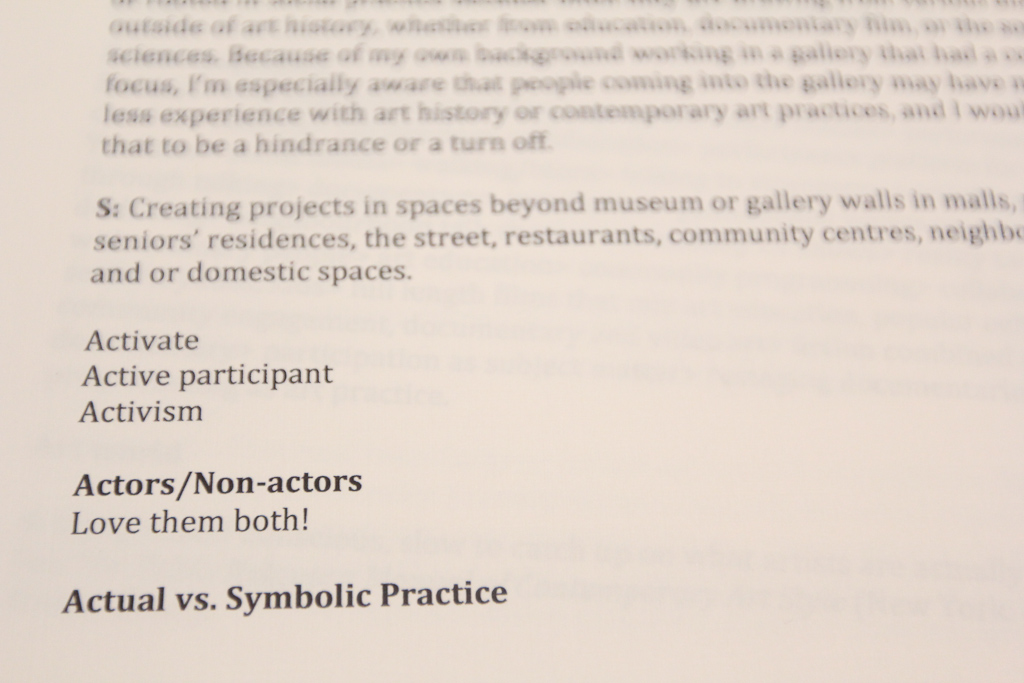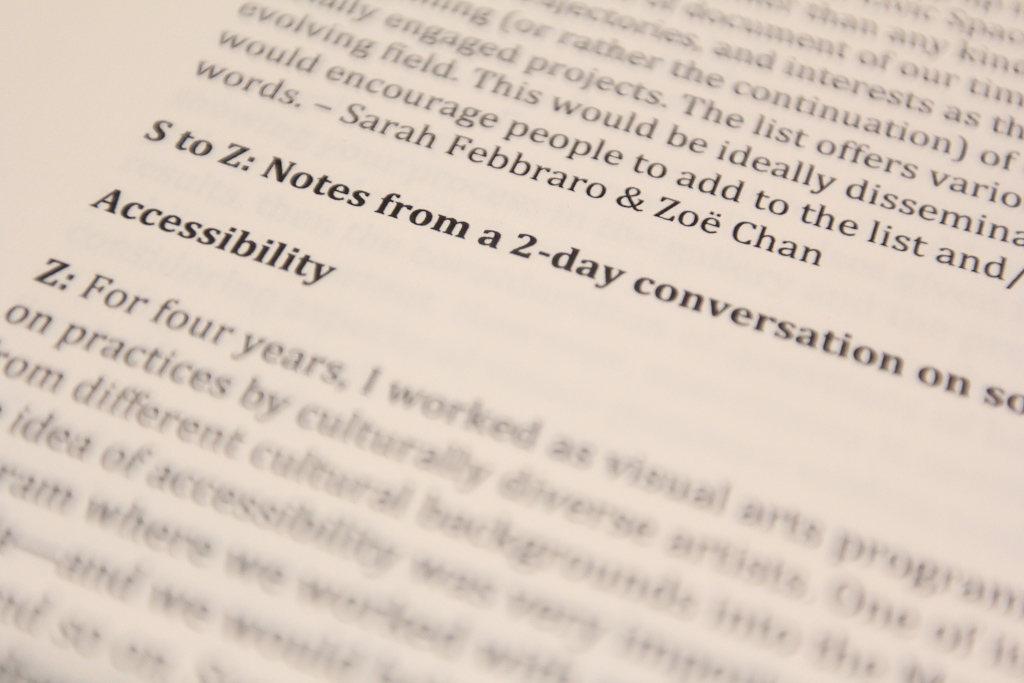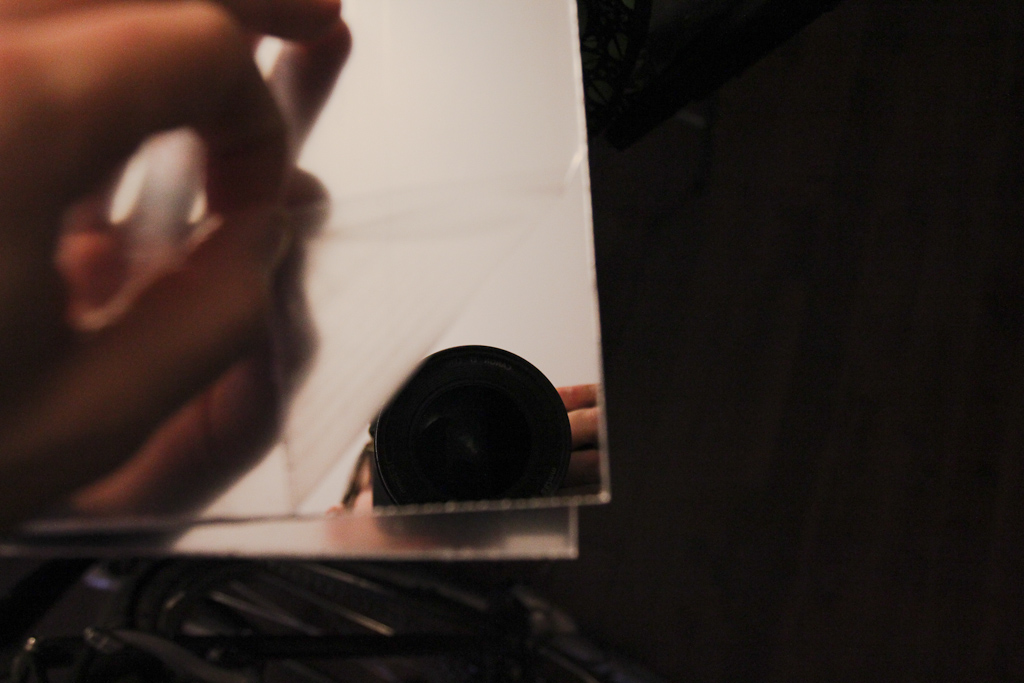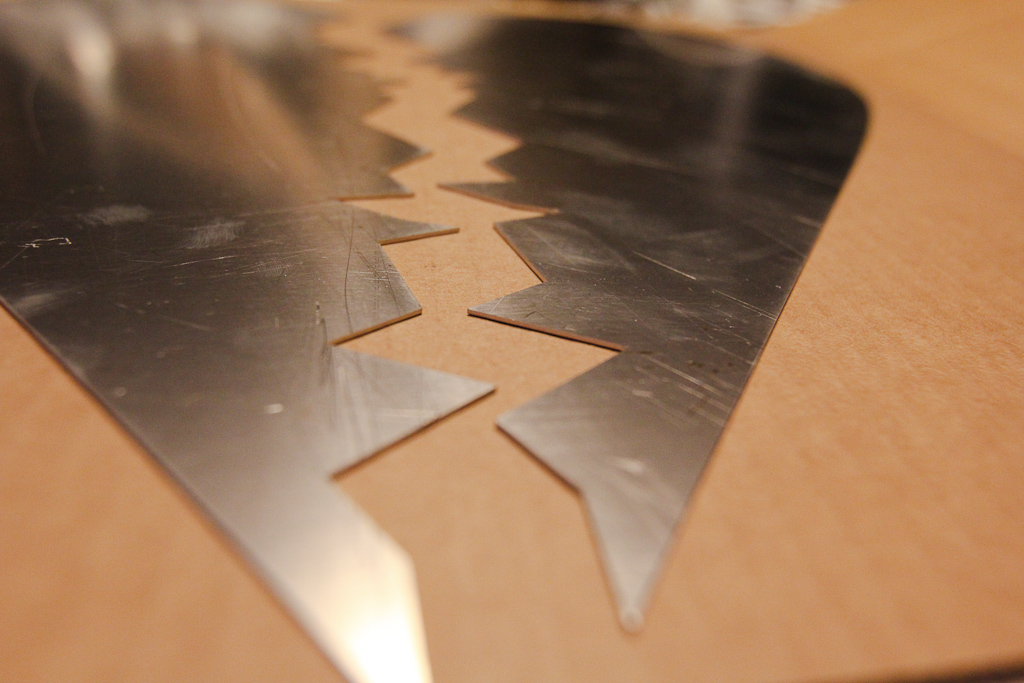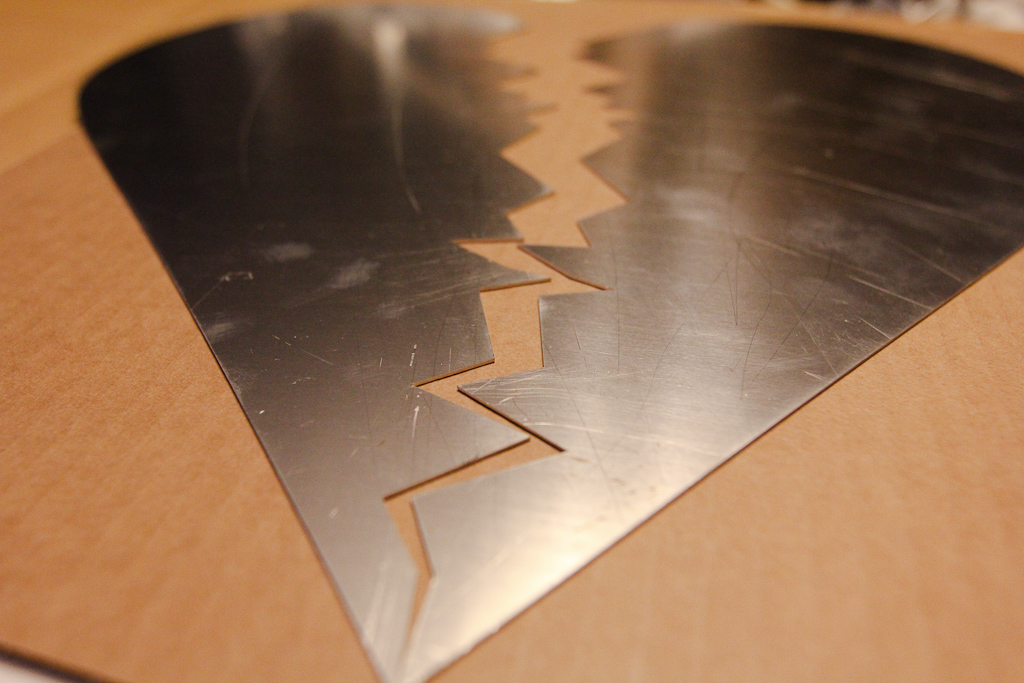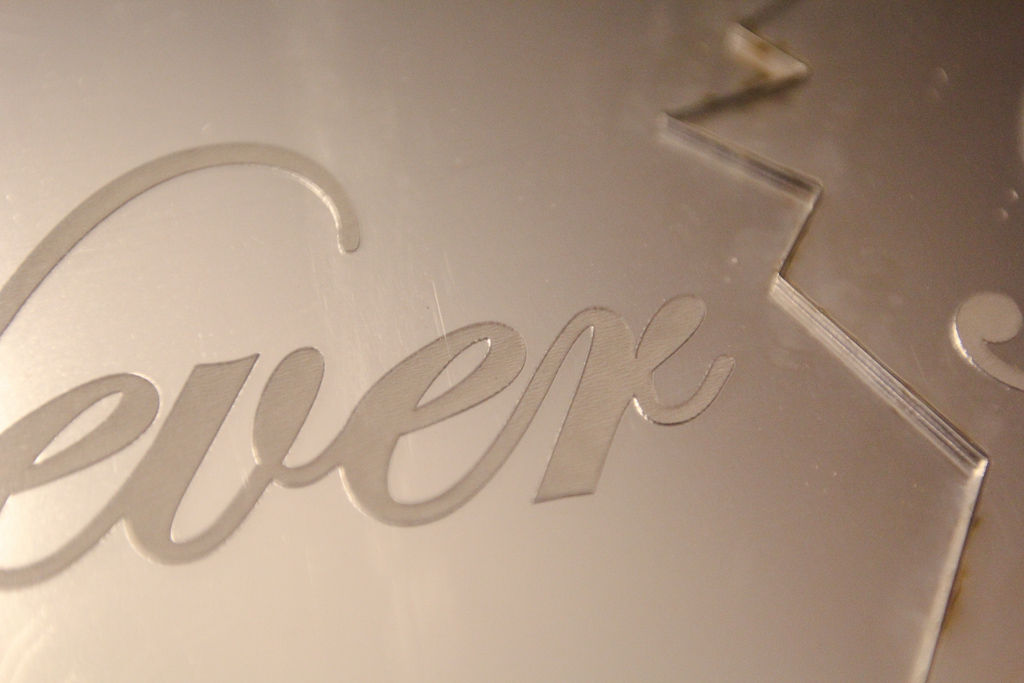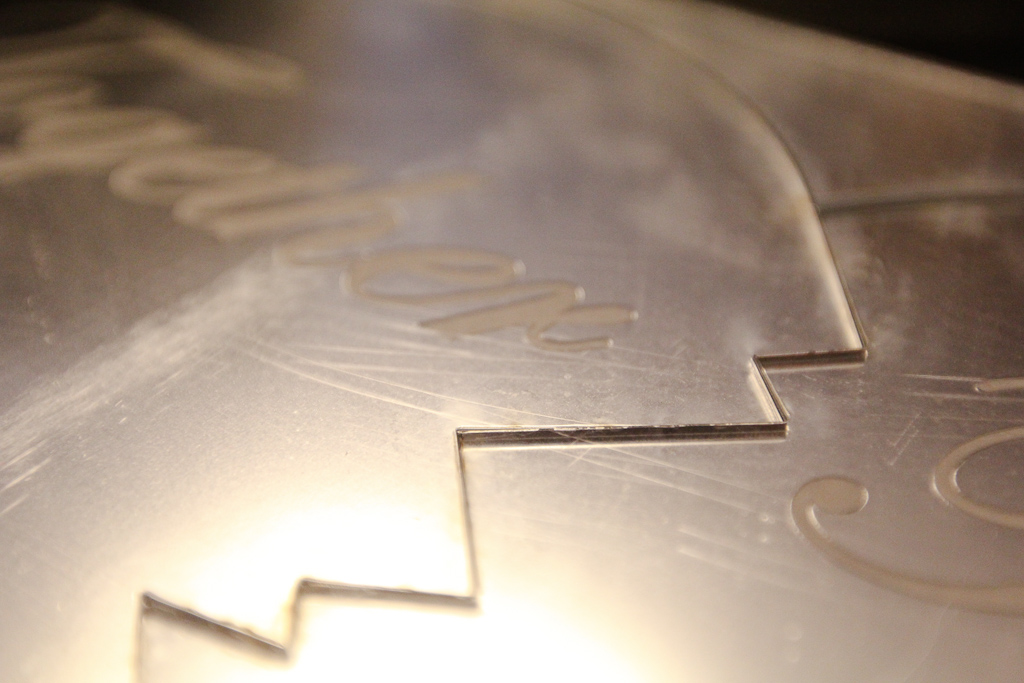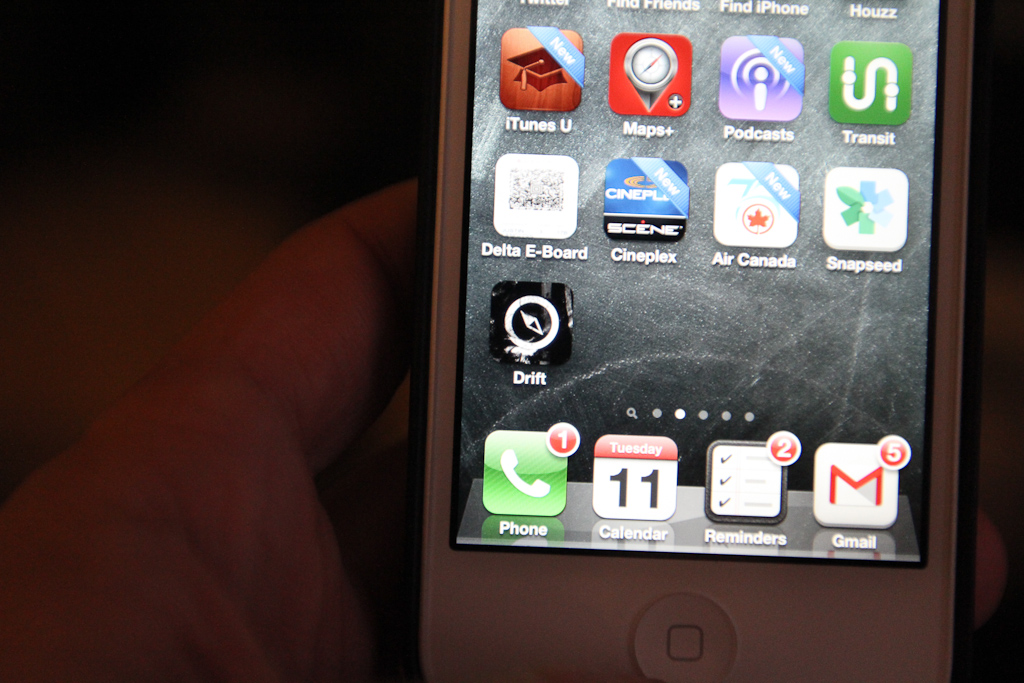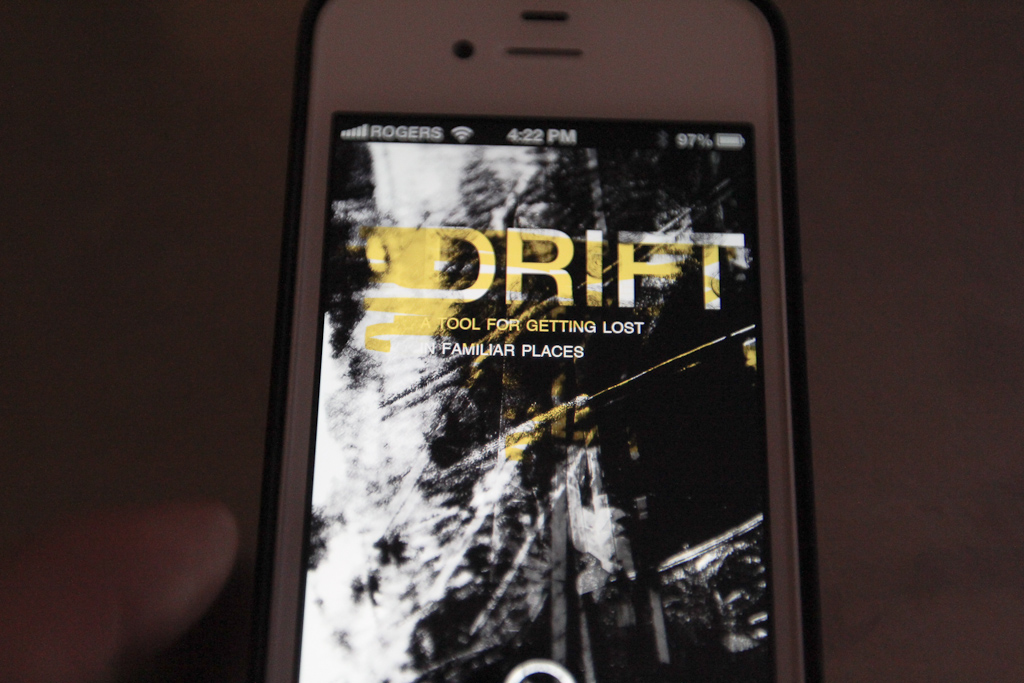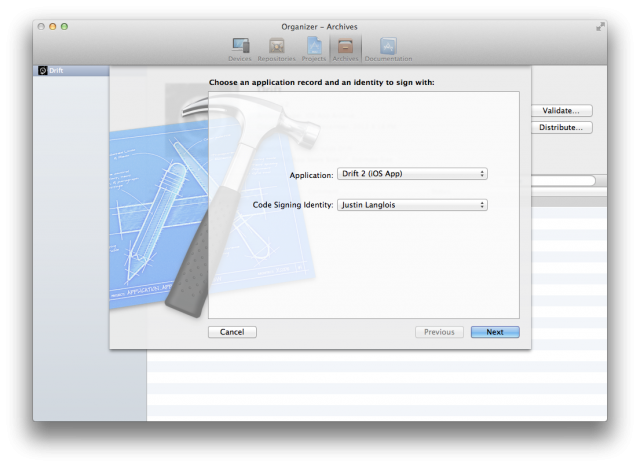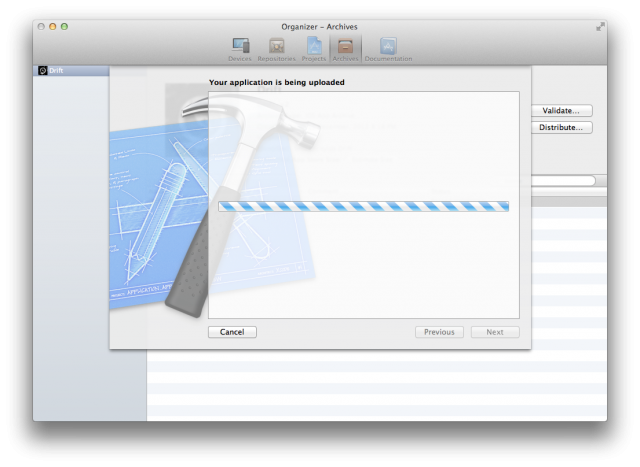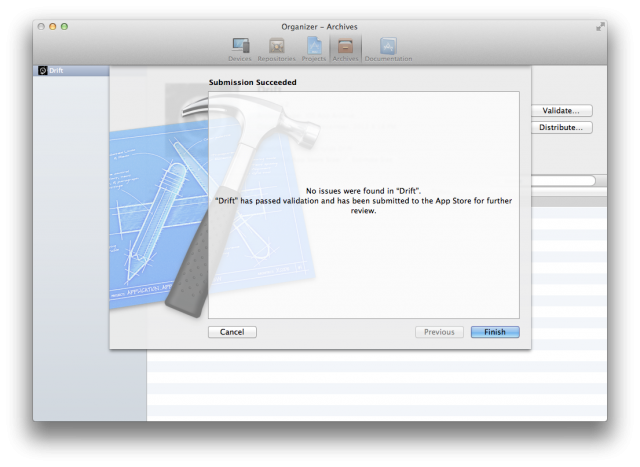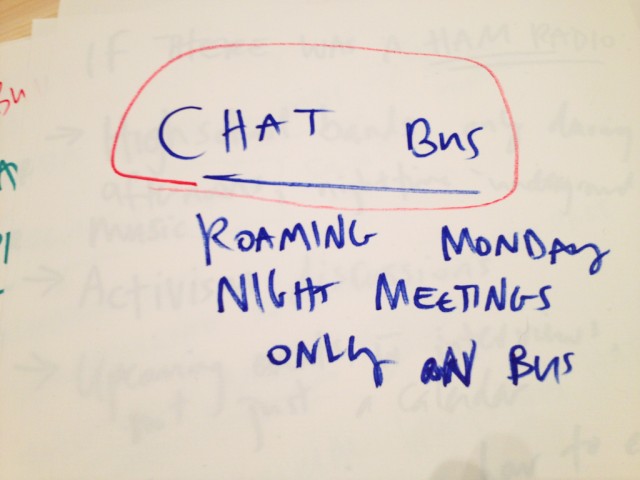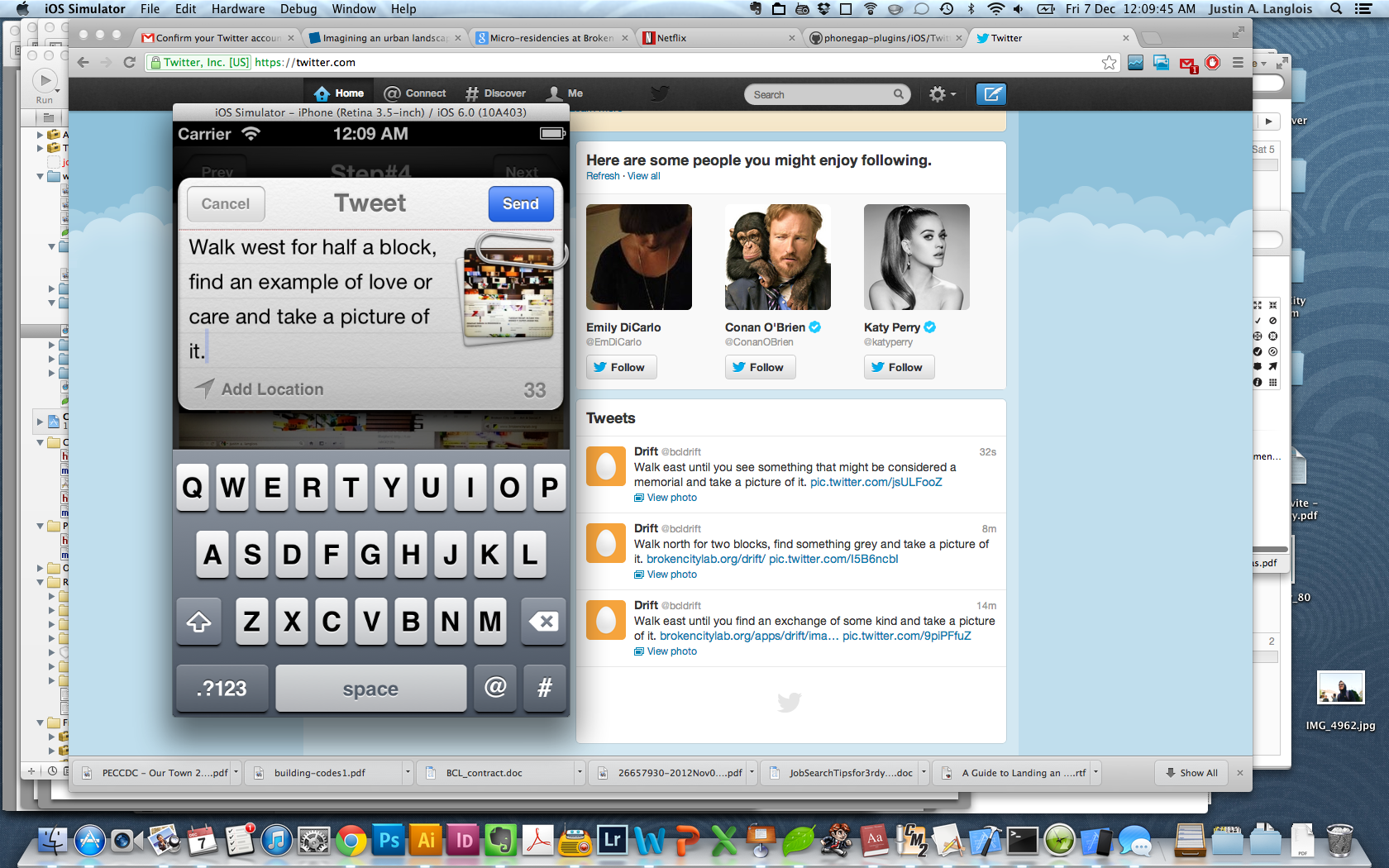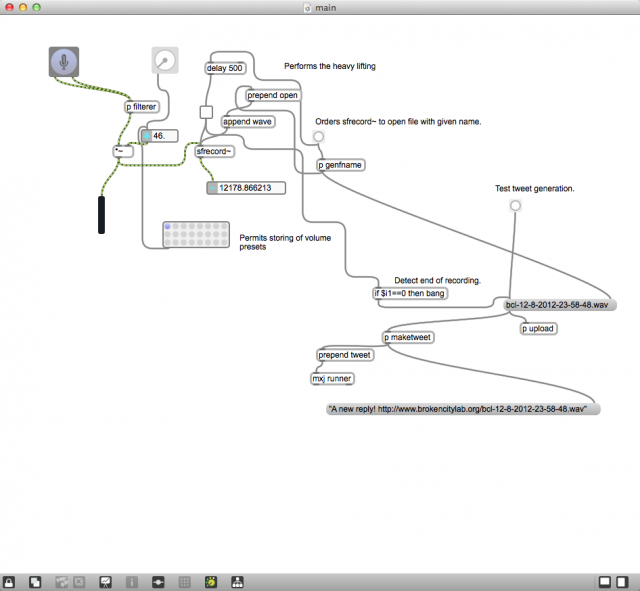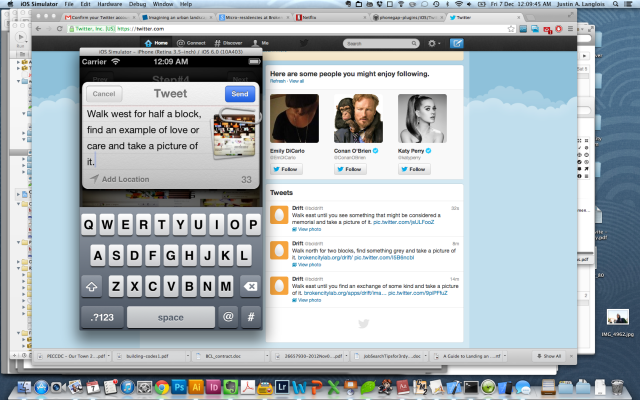So awesome! So much stuff!!
Poster Sketches, outcomes from the Workshop with All Tomorrow’s Problems
All Tomorrow’s Problems doesn’t aim to necessarily solve anything, but it takes up the position that we can’t wait for anyone else’s solutions either. Every Monday night, a group of people (artists, communicators, designers, academics, students, researchers, strangers, and just all-around passionate people) get together and try to spark conversations around the problems we’re encountering on an everyday basis and the long-term, large-scale potentials of them.
Those conversations are sometimes focused, while other times they’re rather sprawling. The work last night revolved around a decision to make a series of posters on a range of issues the group might continue to tackle at large. Nudges, adjustments, conversation starters were the general description we gave to the rationale behind the posters. The form was also constrained by these rules.
5-minutes to design and then we discuss.
The posters captured prompts and positions.
Some were interactive sketches.
Others a plan for a serial conversation.
Some riffed off of existing campaigns (CCS, talk to your kids about art).
Others attempted to claim new territory.
Fill-in-the-blanks.
Familiar interfaces.
Companion pieces.
Promises.
Sketches of thought patterns.
Most of the results at the end of the night.
Sketching ideas, but no commitments to production yet.
We used Letraset to typeset the posters.
Tanya and Veronica sorting through sheets of random fonts…
…there’s an immediate gratification to applying the letters one by one, as we all became designers for the evening.
Flip me and change Windsor for ever.
Randy working his green pen to annotate the grammar posters, with Phil’s notebook of ideas.
Dan’s ‘Take me to your neighbour’ idea.
Windsor, you are unpredictable.
Nicole working with a very heavy font.
More grammar, by Randy.
Great Windsor (forthcoming).
End of the evening.
Phil’s interactive poster, part 1.
Phil’s interactive poster, part 2.
You should come by next week. Not sure if we’re making posters or not, but you can be sure it’s going to to the best two-hours you’ll have spent on a Monday night in a while. As always, it’s free and open to all ages.
All Tomorrow’s Problems: Tonight we’re Asking New Questions, making posters with vintage Letraset, and you’re invited
Remember Letraset? Here are some examples of what we’ve done with it in the past.
Join us tonight for another edition of All Tomorrow’s Problems. We’re making a series of posters with vintage letraset. I’m not sure what else you really need to know, but for some background, ATP is a weekly design night where we focus on how to reframe, solve, or invent the big and small problems we’ll face in Windsor tomorrow, next year, and decades from now.
ATP is open to everyone and free. It runs Monday (tonight) at 7pm at CIVIC SPACE, 411 Pelissier.
Join us on March 16 for ‘Tell: Detroit’ at the Detroit Mercantile Co.
In poker, a “tell” is a change in a player’s behavior that gives clues about their assessment of the situation. In the city of Detroit, such clues from residents about the deal they have been dealt are often ignored and misrepresented. Tell: Detroit brings together a group of documentary film makers and Detroit residents to create a collaborative documentation of urban resilience. Tell your anecdote about vulnerability, solidarity, community, or courage.
Saturday 16 March, 10am – 4pm
at Detroit Mercantile Co.
3434 Russell Street Eastern Market Detroit, Michigan
Download Flyer / Join Facebook Event!
Tell: Detroit brings together a group of documentary film makers and Detroit residents to create a collaborative documentary of urban resilience.
Tell: Detroit will produce an open access, free archive to document the experiences of the people of Detroit following the declaration of the city’s fiscal emergency by Michigan Gov. Rick Snyder on 1 March, 2013.
Anyone can contribute an anecdote to Tell: Detroit. We want to collect and disseminate short stories about vulnerability, solidarity, community, and courage. We are committed to documenting the neglected reality that Detroit is much more than a financial crisis. Tell: Detroit asks what else we need to know, remember, imagine or construct to accumulate different images of the city together?
Tell: Detroit will be filming at the Detroit Mercantile Co. on Saturday, March 16, from 10am – 4pm. Artists, film makers and community activists will greet you and find the right setting for your story. We can record your anecdote in public, in private, on video or audio. Come share your story and be part of this open archive.
For questions, suggestions, or donations, email:
info@improbableporomechanics.org
Because Tell: Detroit is a crowd-sourced archive, we are relying on people to contribute by spreading the word – so, please tell anyone you think would be interested in sharing their stories.
Thanks, and see you at the Detroit Mercantile Co. soon!
Tell: Detroit is sponsored by:
Institute of Improbable Poromechanics—Enthusiasts of Urban Leakage (Detroit)
Broken City Lab—Artist Collective & Civic Space (Windsor)
SCAPEGOAT—A Journal of Architecture, Landscape, and Political Economy (Toronto)
with Producers:
Paige Sarlin (The Last Slide Projector, Buffalo)
Alessandra Renzi (Infrastructure Critical, Milwaukee)
Stephen Zacks (Flint Public Art Project, Flint)
Scott Sørli (Convenience: gallery, Toronto)
Andrew Herscher (Detroit Unreal Estate Agency, Detroit)
Border Cultures: Part One (homes, land)
With artists Broken City Lab (Canada), Campus in Camps (Palestine), Iftikhar and Elizabeth Dadi (Pakistan/USA), Willie Doherty (Ireland), Marcos Ramirez Erre(Mexico/USA), Sanaz Mazinani (Canada), Christopher McNamara (Canada/USA), Dylan Miner (USA/Canada), Ed Pien (Canada), Leila Sujir/Maria Lantin (Canada)
Border Cultures is a three-part annual exhibition that brings together regional, national and international artists to examine the complex and shifting notions of national boundaries. It is an exhibition-in-progress, conceptualized as a research-based platform for artists and cultural producers to explore and examine the border through different lenses. Border Cultures: Part One (homes, land) will be followed by Part Two (work, labour) in 2014 and Part Three (security, surveillance) in 2015. In this exhibition artists reimagine the pattern of crisscrossing national boundaries as way to engage in dialogues and share knowledge. With a goal to mobilize and connect the ongoing critical dialogues on national boundaries in Windsor with diverse narratives and experiences of border contexts in different parts of the world.
The exhibition opens on Friday, January 25 at 7pm at the Art Gallery of Windsor.
Highlights of this exhibition include the Canadian premier of early black and white photographic works by Irish artist Willie Doherty shot in the contested city of Derry, Postcards from the Edge of the Tijuana and San Diego border by Marcos Ramirez Erre, an exchange of best-friend lockets between Detroit and Windsor and a mobile print lab by Métis artist Dylan Miner in collaboration with youth from the Turtle Island Education Centre, Windsor, and much more. The exhibition is curated by Srimoyee Mitra.
Also, our friends…
The Border Bookmobile Public Archive and Reading Room
Organized by Lee Rodney in collaboration with Mike Marcon
This project aims to reposition local history within the context of international borders, chronicling the shifting relationship between the two communities as post-9/11 border policies continue to drive a wedge between them. Over the past three years, the Border Bookmobile traveled throughout Windsor and Detroit as a mobile exhibition and discussion platform and cross-border community archive of books, artist projects, photographs, videos, maps and ephemera about the urban history of Windsor-Detroit and border regions in other parts of the world. At the AGW, the Border Bookmobile will host a series of discussions and workshops with the goal of collecting, organizing and synthesizing knowledge about this border region to contextualize globally, and chronicle, locally, the changing perceptions of the border.
And…
March 8-10, Diversions: Detroit-Windsor Conversations on Borders, Traffic and Circulation, An Experiential Symposium.
Organized by the Art Gallery of Windsor, IN/TERMINUS: Media, Art, and Urban Ecologies (University of Windsor), The Border Bookmobile (Windsor-Detroit) and the McGill Institute for the Study of Canada (McGill University).
Panellists include artists Marcos Ramirez Erre, Dylan Miner and Christopher McNamara as well as theorists Will Straw, (McGill University) and Janine Marchessault (York University). FREE admission
March 9, 12-1pm, Curator’s tour of Border Cultures: Part One (homes, land)
FREE admission
March 15, 2-4pm: Connections and Disconnections in the Windsor-Detroit Area This is a one day workshop run by Broken City Lab and ArtsCorpsDetroit to arrange an exchange for people without passports in Windsor-Detroit area.
FREE admission
New Workshop Series Starting in January: Building Electronics / Designing Originally
Starting on January 15, 2013, we’ll be offering a new workshop series for anyone and everyone interested in learning about electronics and physical computing.
Hosted by Paul Anderson — a man of too many hobbies who holds the advanced qualification for ham radio in Canada, and has been working with electronics on and off since childhood — the workshops will offer a basic introduction to skill sets and then move into building a number of small projects together.
The first workshop will be covering the basic theory. Ohm’s Law, how current flows in a wire, what resistors are, how transistors and diodes work, etc.
With the second workshop, we’ll start playing with the Atari Punk Console circuit. We’ll start with a schematic, and build it using breadboards and experimenting. Eventually we’ll solder them together so they’re ready to be put in a project box.
The workshops are free and open to the public, but registration is required by January 9. Please use the form below to sign up.
We’re also working to get a hold of 10 electronics kits to play with over the course of the workshops — but these will be limited, so register ASAP!
Sorry, registration is currently on hold as we’ve filled up our available spots sooner than we thought! We’re going to see if we can expand them, in the meantime, please get in touch if you’re interested in attending.
Civic Space Studio Digest for December 13: on t-shirts and white walls
A look at our little corner of Civic Space. This is where we’ve been spending the majority of our time lately. For the record, the high shelves (those really nice ones with the Letter Library letters on them) were installed by Kiki. The lower shelves were hacked together by me. They’re very shoddy, but they hold many things.
As we’ve been hosting our 1W3KND Residencies, I love coming in on Monday and seeing the little re-arrangements made. Last weekend (I think) the coffee maker and tea kettle got a new home.
Hiba was away, so I got together the little instruction set for the writers in residence and put it back in the big red 1W3KND case.
Meanwhile, Laura took on the task of repainting the walls. After two great exhibitions from Catie Newell’s class and the Green Corridor, the walls were in need of some repairs and touch ups.
One can of paint got us about 80% through. One wall left, will have to pick this up on Monday.
After painting, we spent the afternoon doing some more tests for this t-shirt project. The mangled shirt above features a number of test-sites of vinyl with various temperatures and times on the heat press.
But, before we could do more tests, we had to go back to the drawing board and get a better sense of the size of the potential texts.
We also played with a highlighter look instead of just straight text.
Our new weeding tools makes the vinyl cut process a lot faster.
Remember, cut in reverse for t-shirt vinyl!
Laura weeds.
Then, we place the design…
… and head to the press.
Laura is the master of this machine. I actually don’t even know how to make it do anything aside from plugging it in.
Laura picked up with the same time / temperature settings that we left off with before.
The vinyl seemed to go on no problem, but I think the temperature was still a bit hot, as it left a faint mark where the press hit the shirt.
We also played around with some ideas for the online forms that we’ll eventually make for this project.
Above, the blue shirt on the wall.
Detail of the vinyl.
For the sake of true comparison, we also cut the same text in standard Helvetica bold. We also set the temperature a bit lower in hopes of avoiding the marks from the press.
We’re pretty sure this looks better. I think we had discussed grey shirts before, we’ll see…
We ended the day doing some more comparisons. I’m going to wash the shirts and make sure that the temperature / time changes don’t effect the vinyl adhesion. More soon.
A List of Words by Sarah Febbraro & Zoë Chan
The list assembled by Sarah Febbraro and Zoë Chan this past weekend aims to, as they put it in the introduction, “document the time they spent together, revealing various backgrounds, trajectories, and interests as they intersect with social practice.” It’s an amazingly fun read and I can’t wait to figure out the best way to share this (and all the writing so far). Sarah and Zoë suggest an online and editable list to keep building this, collectively.
A sampling of the great topics listed …
Accessibility, Actors/Non-actors, Actual vs. Symbolic Practice, Block Party, Cats, Chicago, DIY/Punk, Hats, Hierarchy, Messiness, Potluck / Feasts, Strategies of working, Tours …
And there’s more. And there will be more. The next 1W3KND residency starts in about 24 hours with Jason Deary and Mary Tremonte!
Acrylic and Aluminum Laser Cuts & Drift V2 ready for review, plus notes on AJAX problems + solutions
One of the best things ever is receiving a bunch of laser cut material in the mail. That means, today wound down with one of these best things. We’ve ordered through Ponoko in the past and we’re continually surprised with how an Illustrator drawing can turn into a physical object so easily. Yes, above that is laser cut aluminum.
Sharp edges! Remember these mock-ups we did a few weeks ago? Well, these are a lot bigger! The aluminum is also really scratched. Hadn’t realized it would be like that, but also not a big deal for our purposes. I guess there wasn’t any kind of protective sheeting like the acrylic, I’m sure that has something to do with it.
And we also cut mirrored acrylic — so mirrory under that protective sheet! Really excited to peel the entire thing.
The acrylic was also etched from behind.
I can’t give away the entire thing in full scale just yet … but soon. And of course, this all comes just in time for a cold snap here in Windsor.
Also, I’ve been putting in some time to try and get Drift v2 up and running. See that new icon…?
And now, a new loading screen too. But, of course, that’s not all. This update fixes some major stability issues and adds sharing functions for Twitter (so you can tweet each step in your Drift) and email export (so you can get your Drift ready to repost on your blog of choice!). These extra functions are made possible through the fantastic set of plugins for Phonegap / Cordova.
Here’s something worth noting, in case someone as confused as I was stumbles across this page as they’re struggling to make their Phonegap / Cordova + Javascript + HTML app work. I’m not sure why this broke, or if in fact it was a combination of other webkit changes in iOS 6, but something was definitely causing Drift to cache queries and returned data. This created a mess for trying to do just about anything in the app.
While I was working to try to get the Twitter and Email composer plugins working, I realized this caching issue may have been happening on a far more frequent basis than I had imagined. So, after some digging (and unfortunately I’ve lost track of exactly where I found it), but it seemed like the jQuery ajax function was caching the ajax call. So, below, please note the cache : false settings. As per the jQuery manual, this forces requested pages not to be cached by the browser. Setting cache to false also appends a query string parameter, “_=[TIMESTAMP]”, to the URL.
And, just for the record, I updated all ajax calls in Drift (which is basically the entire core functionality, with these ajax calls connecting with a bunch of php scripts and classes), as below:
$.ajax({
type: 'GET',
url: '',
cache : false,
data: data,
beforeSend:function(){
},
The good news is that after four days of trying to pick up where I left off with Drift earlier in the summer and another update to iOS and Xcode, here’s the payoff…
I also had to revoke certificates, as the updates to Xcode and my own screw-ups along the way of starting a new Xcode project and initially renaming the app (adding a -v2 to the end of the bundle name), but finally, it comes together.
Drift being uploaded for review…
And now, we wait!
Also, I’m very excited to get back to CIVIC SPACE, it’s been a busy five days. Monday night we wrapped up with the last All Tomorrow’s Problems for the year … and here’s the gist of what we came up with:
Anyone check out Skills for Good(s) with Arturo tonight?!
Tech Update: Drift & Window Install + Twitter
Paul writes with great news that the Max patch he’s been working on for our window installation project can now capture audio, upload it to a server and tweet a notification. We’re meeting on Wednesday to discuss the next steps and to plan workshops for the winter!
Also, with Twitter, I spent a bus and train ride working on an overdue update for Drift. It’s now integrated with Twitter and you’ll be able to export your Drift through email. Hoping to release this soon.
